What a difference a year makes!
On 5/21/2015, I started a build thread of my recently acquired Bidule 111 which can be found here: http://forum.scalesoaring.com/forum/...553-bidule-111
The build was underway and then the flying season started and I got to see Len's Bidule 170 in action...uh oh...I wanted one!
As things turned out, Stephane was wanting a Bidule 111 and Len was facilitating another ICare order, so I sold my partly completed Bidule 111 to Stephane and ordered a Bidule 170.
By the time I got the Bidule 170 and started the build, it was October 2015. That build thread can be seen here: http://forum.scalesoaring.com/forum/...thread-by-jimd
The Bidule 170 was completed for the start of the 2016 season and now has 60 hours of flight time. It proved to be everything I had hoped and more, so naturally we ordered a second one and the build on it is underway.
Meantime, watching Stephane fly his Bidule 111 and hearing reports of Kris flying his Bidule 111 and still having a brand new DA-100 sitting on a shelf in the shop, the decision was made to get another Bidule 111 for those occassions when something other than the big guy is needed. Anyway, welcome to the Bidule 111 v2.0 build.
On 5/21/2015, I started a build thread of my recently acquired Bidule 111 which can be found here: http://forum.scalesoaring.com/forum/...553-bidule-111
The build was underway and then the flying season started and I got to see Len's Bidule 170 in action...uh oh...I wanted one!
As things turned out, Stephane was wanting a Bidule 111 and Len was facilitating another ICare order, so I sold my partly completed Bidule 111 to Stephane and ordered a Bidule 170.
By the time I got the Bidule 170 and started the build, it was October 2015. That build thread can be seen here: http://forum.scalesoaring.com/forum/...thread-by-jimd
The Bidule 170 was completed for the start of the 2016 season and now has 60 hours of flight time. It proved to be everything I had hoped and more, so naturally we ordered a second one and the build on it is underway.
Meantime, watching Stephane fly his Bidule 111 and hearing reports of Kris flying his Bidule 111 and still having a brand new DA-100 sitting on a shelf in the shop, the decision was made to get another Bidule 111 for those occassions when something other than the big guy is needed. Anyway, welcome to the Bidule 111 v2.0 build.


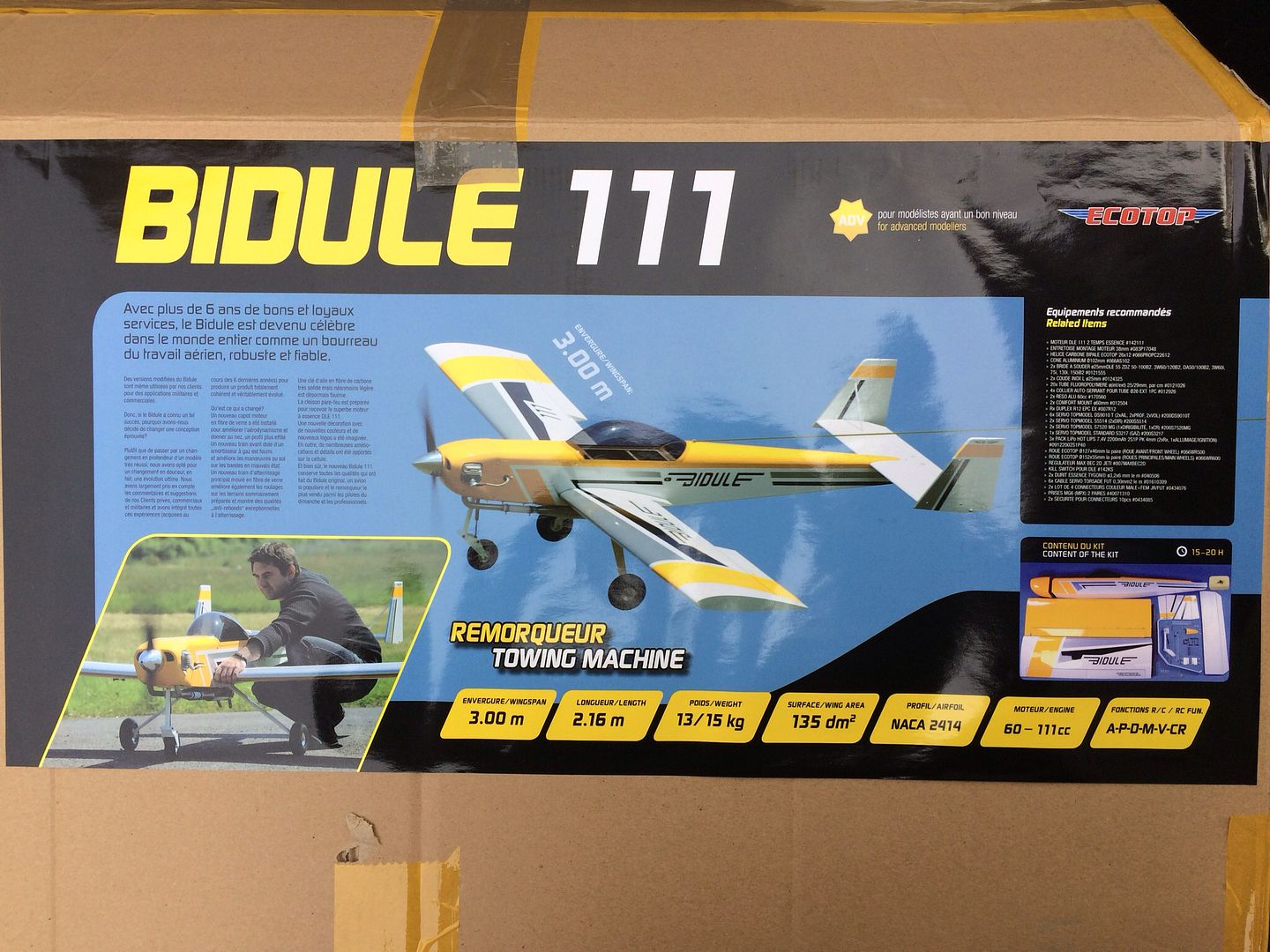

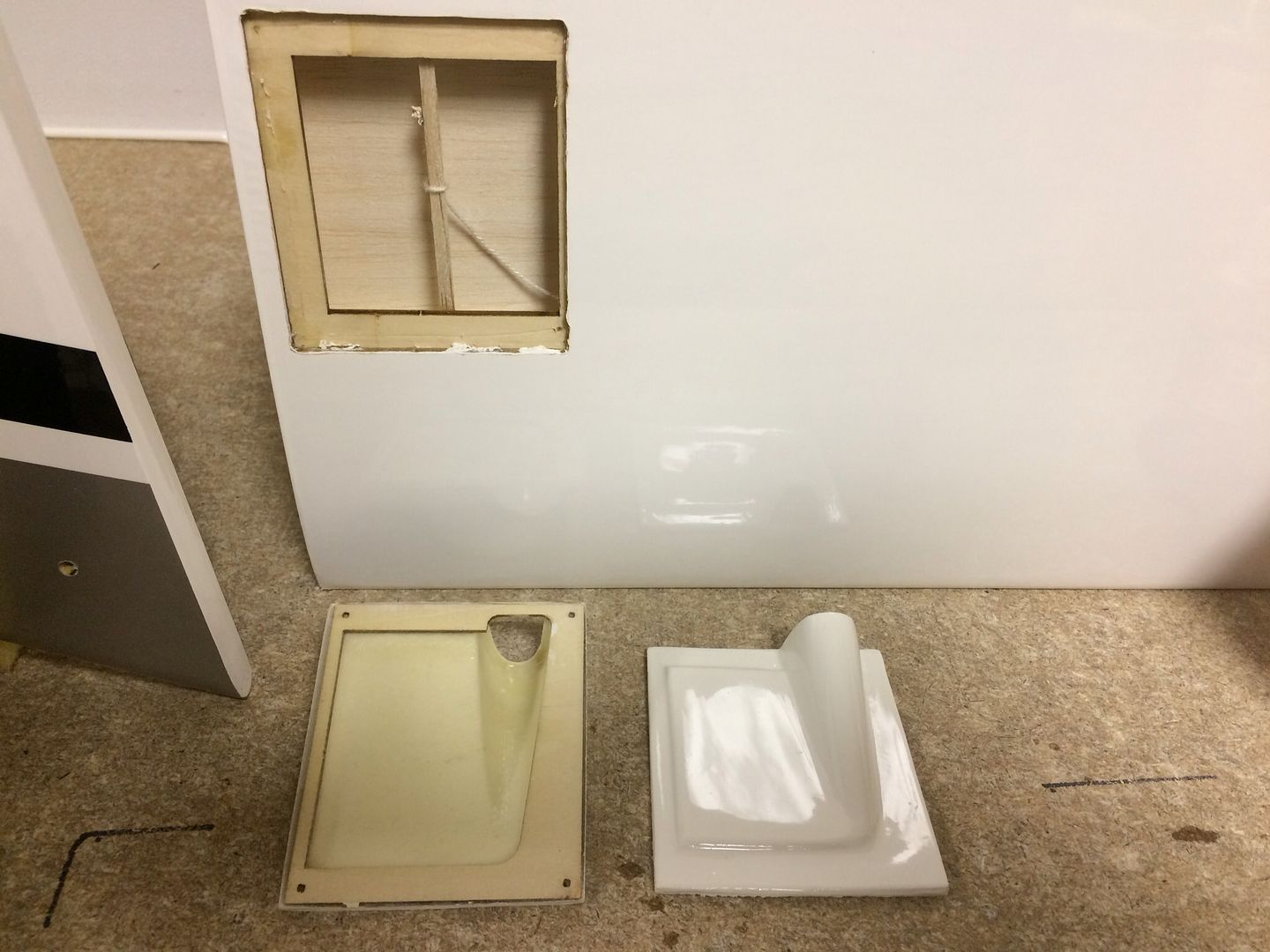
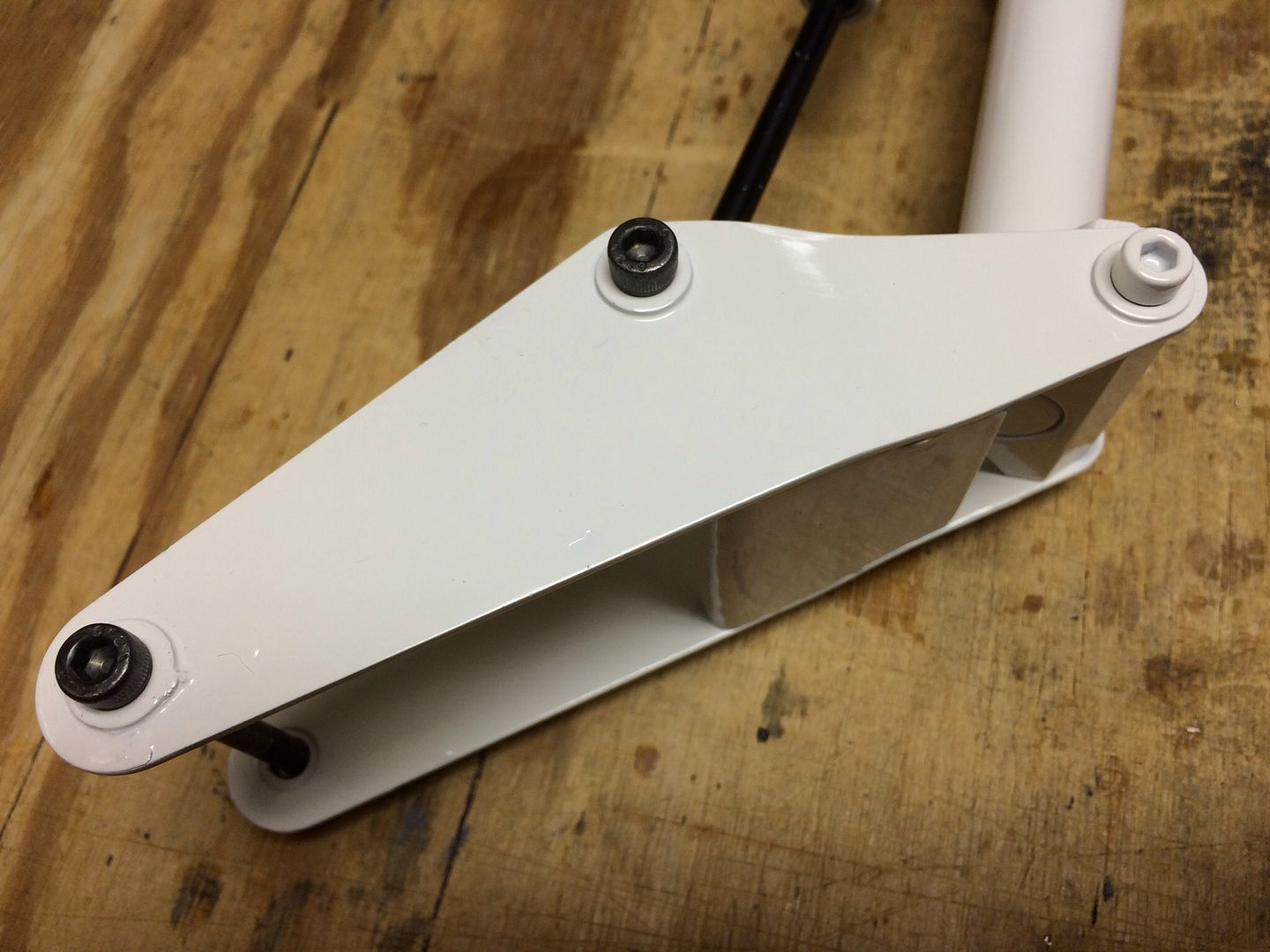
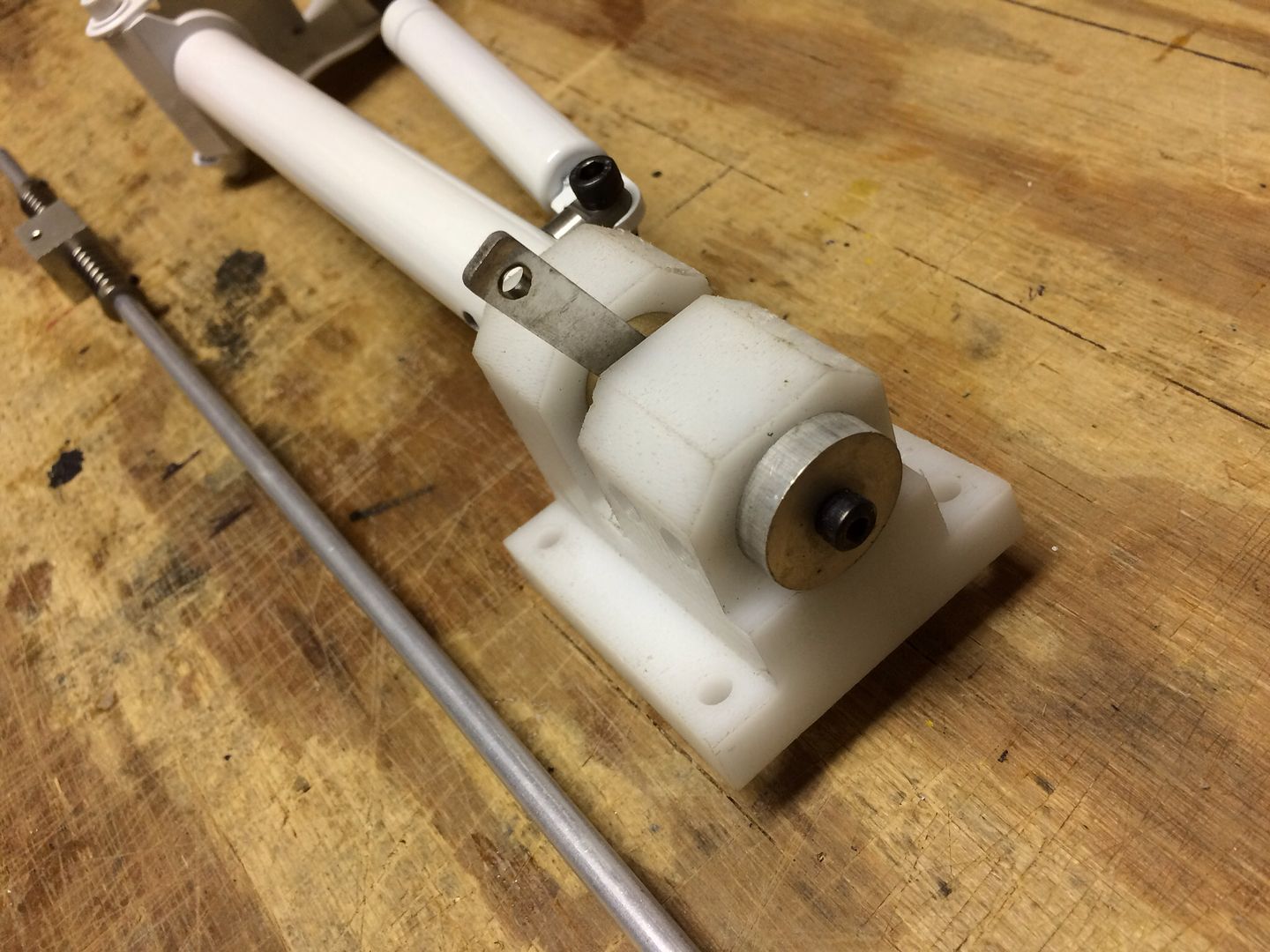

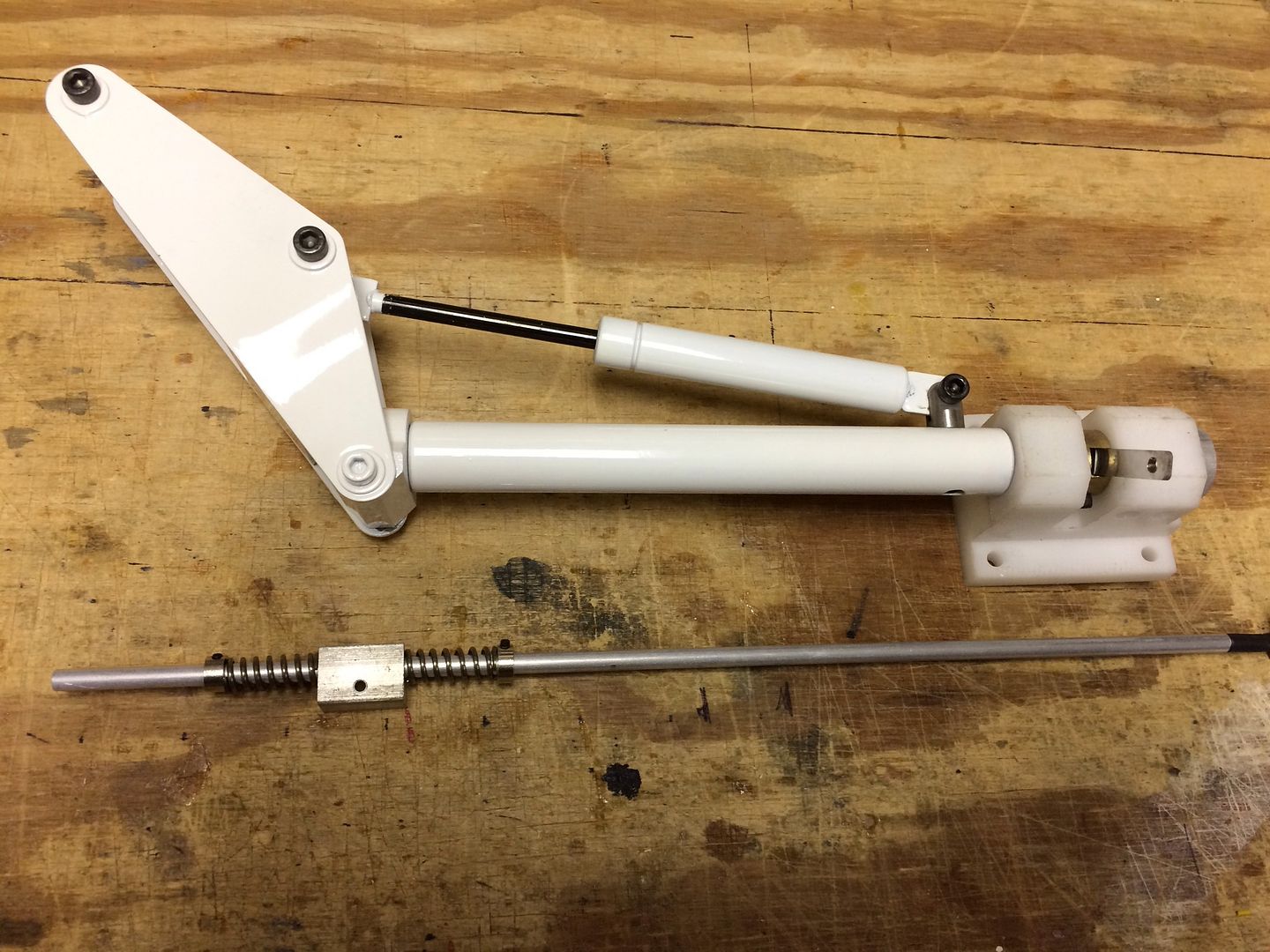
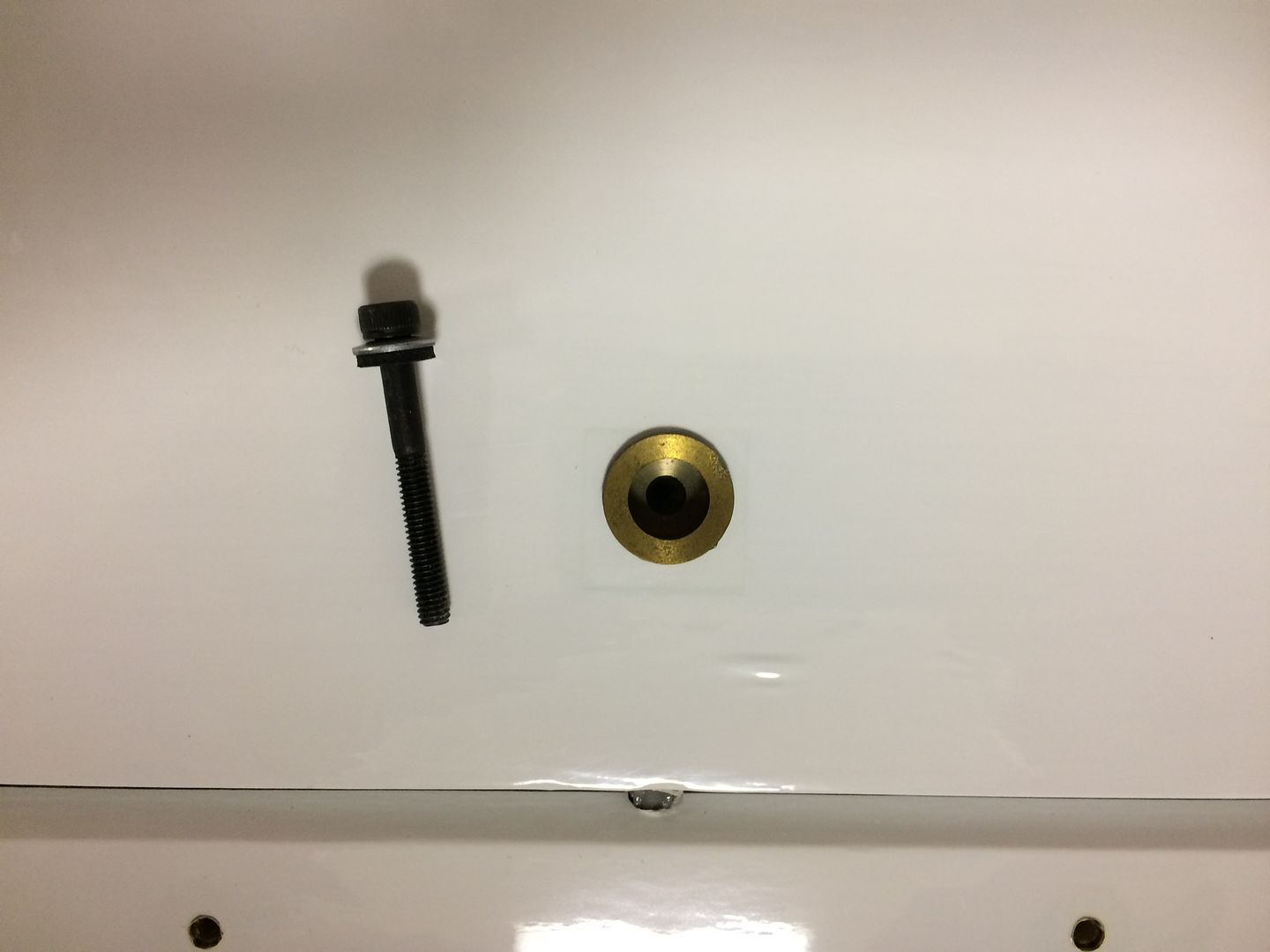
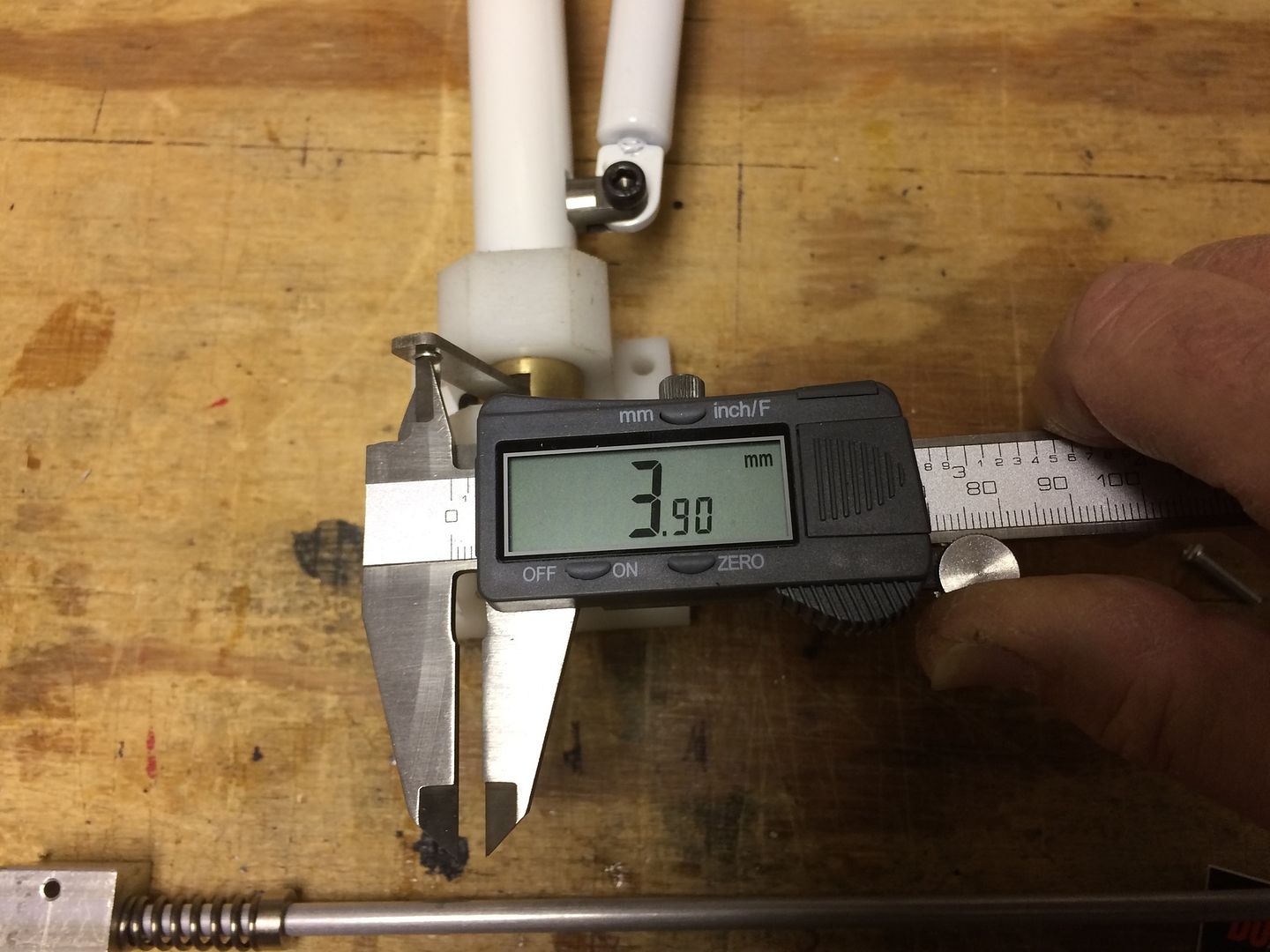
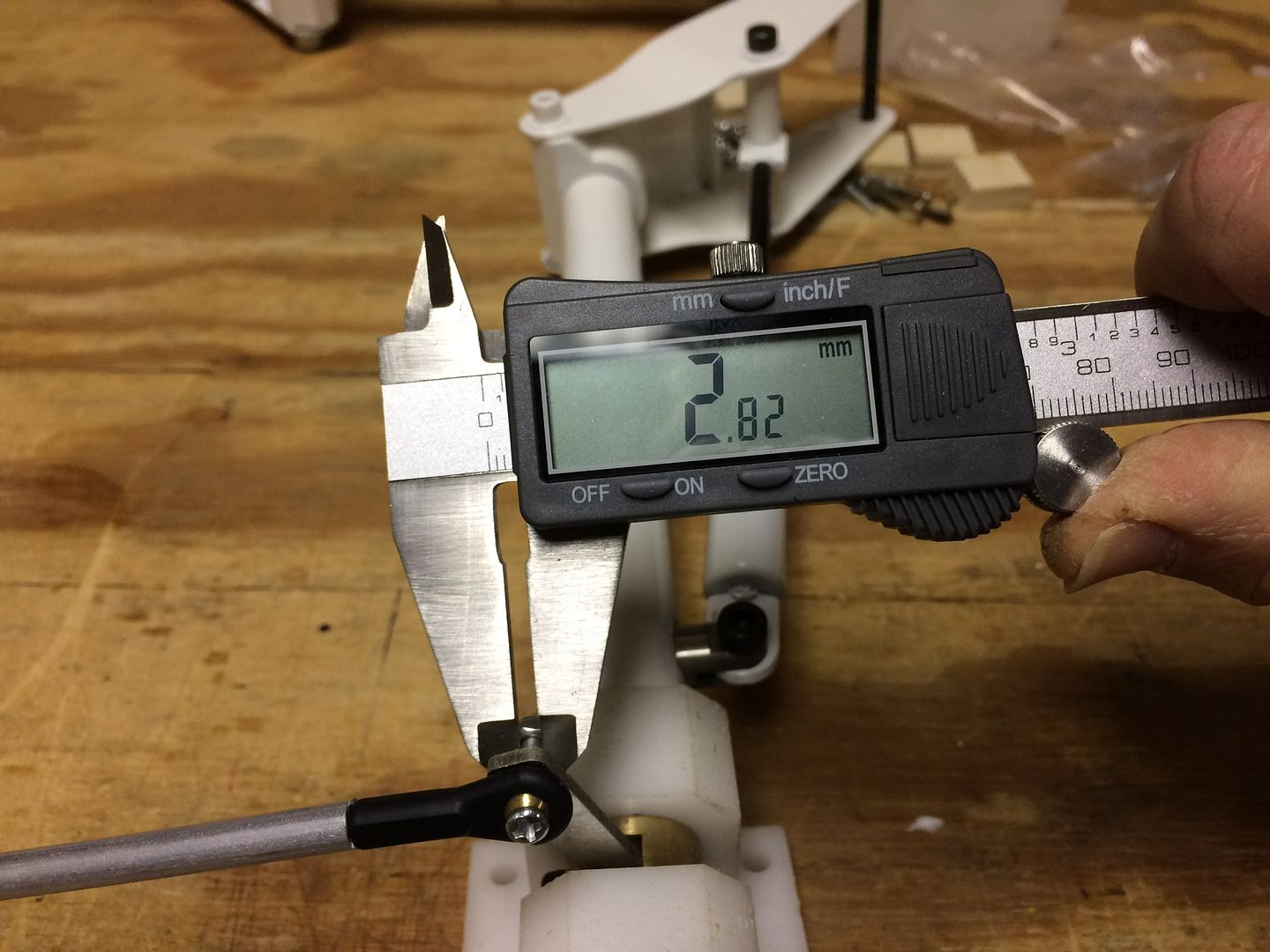
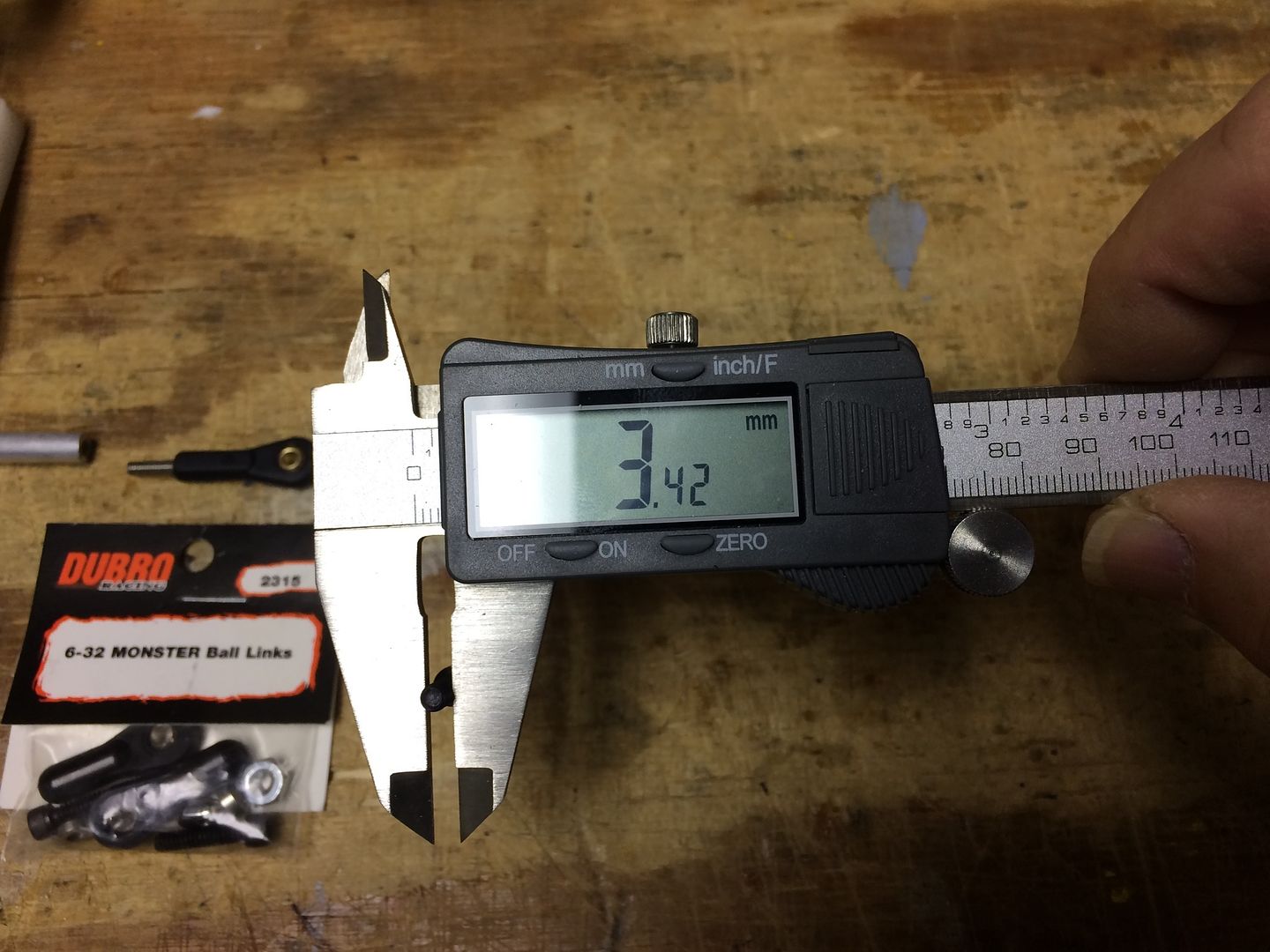
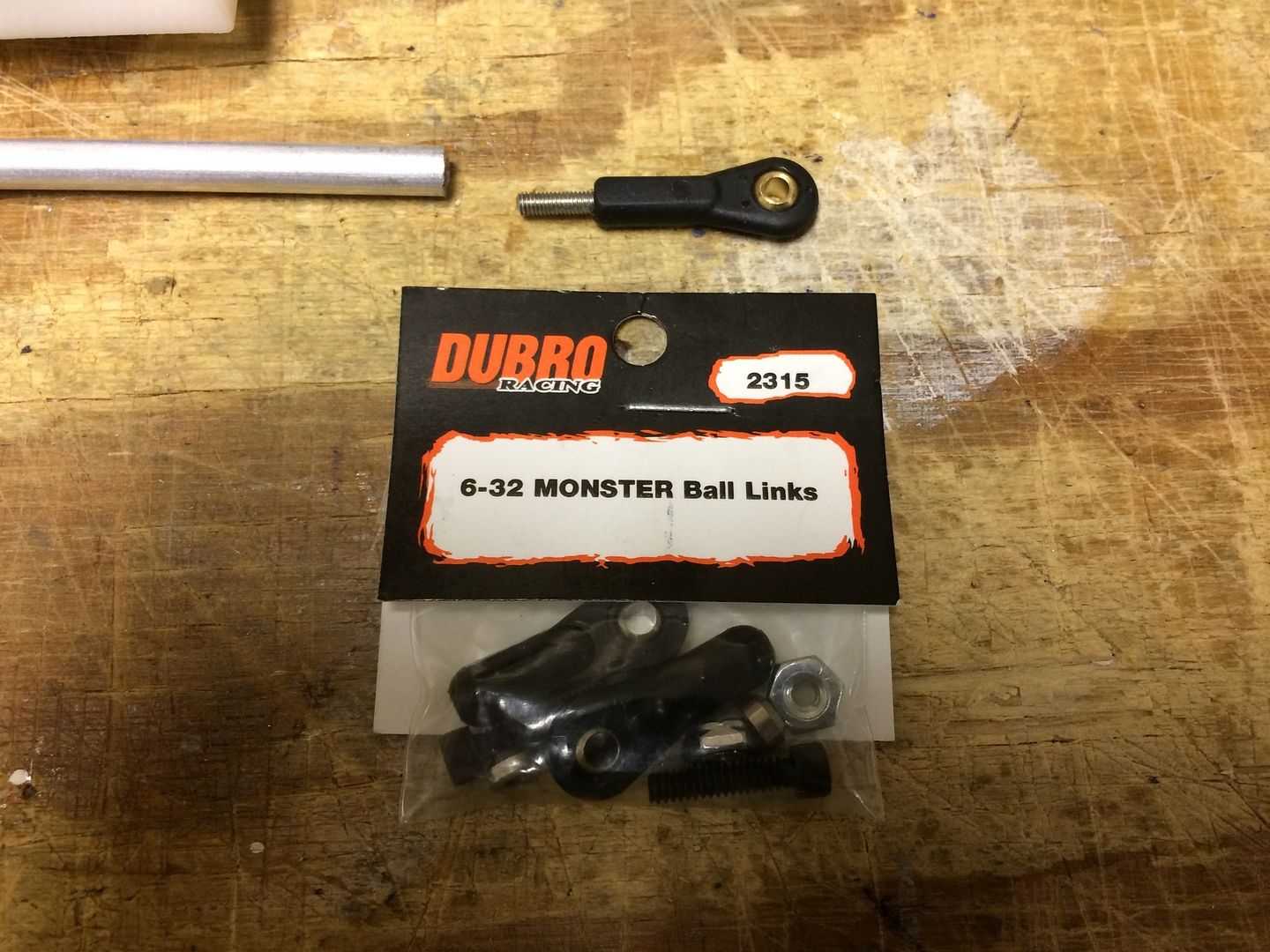
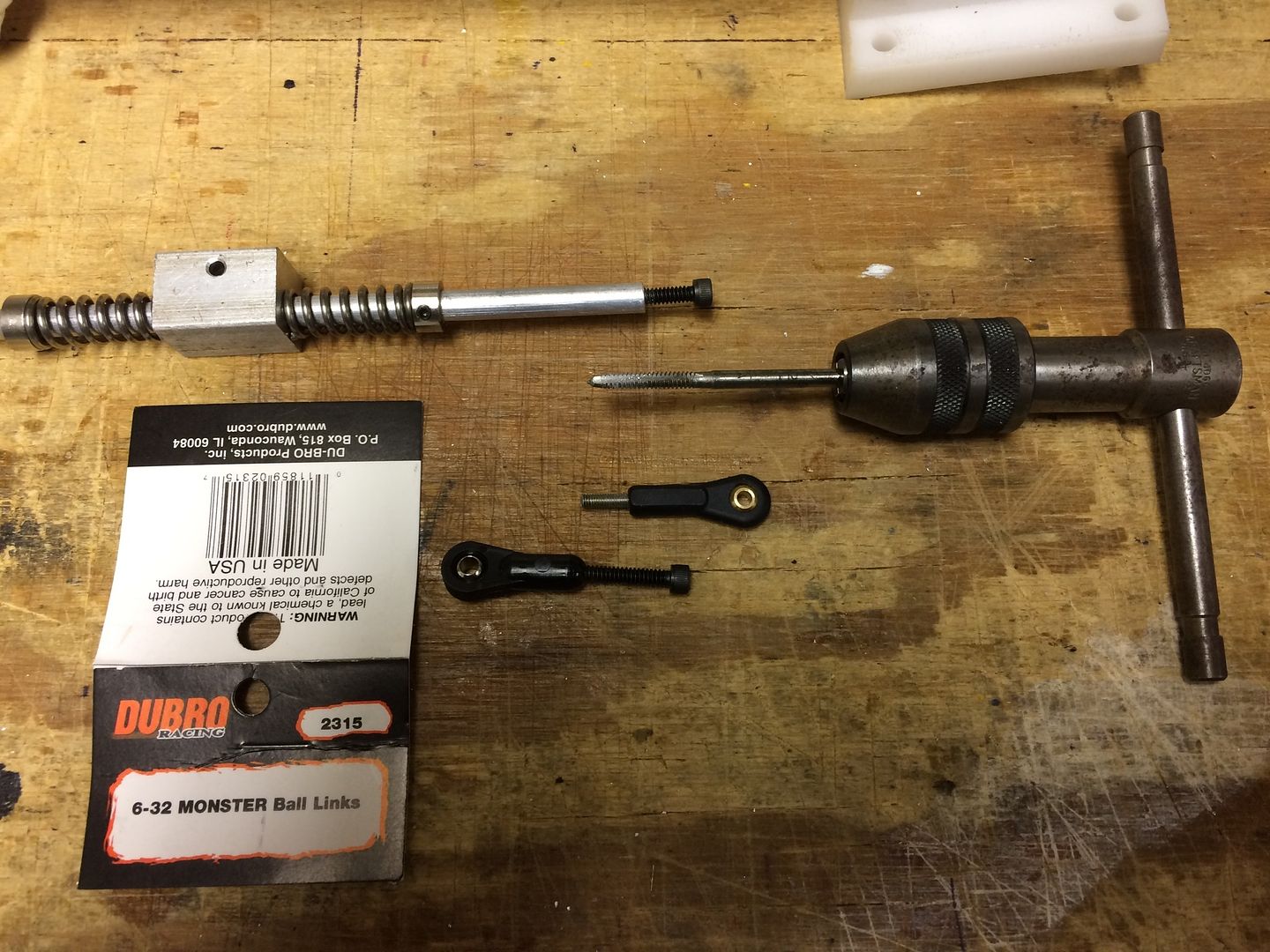
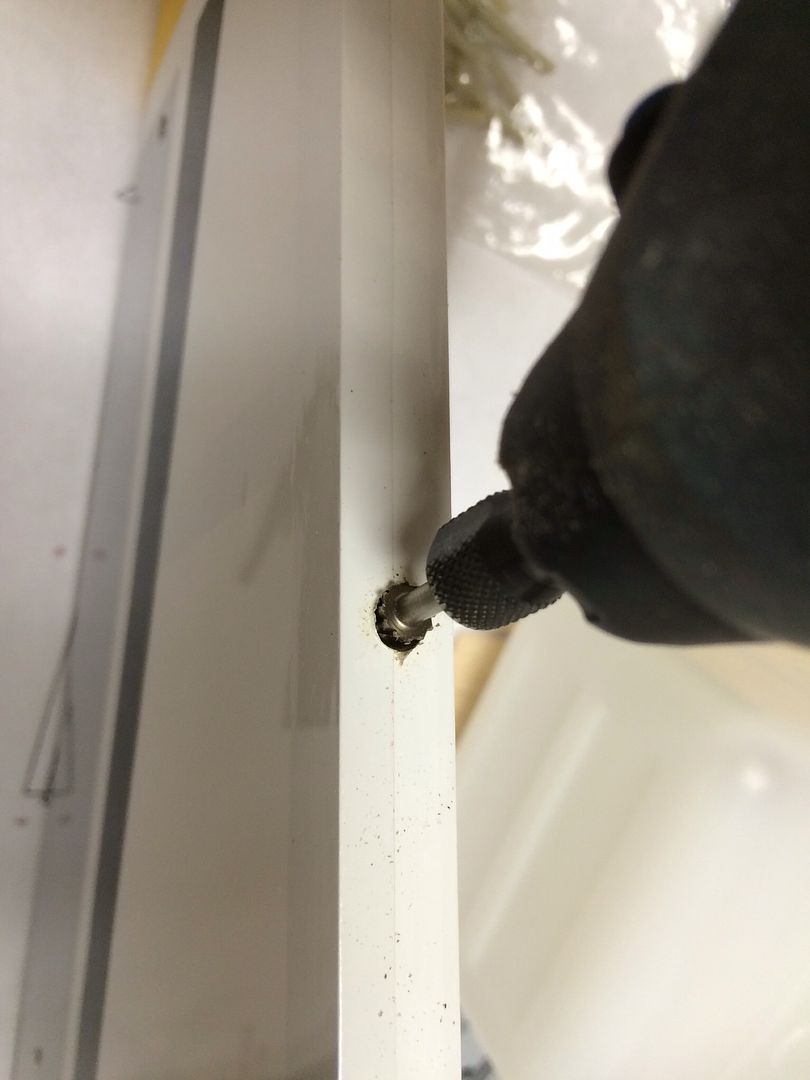
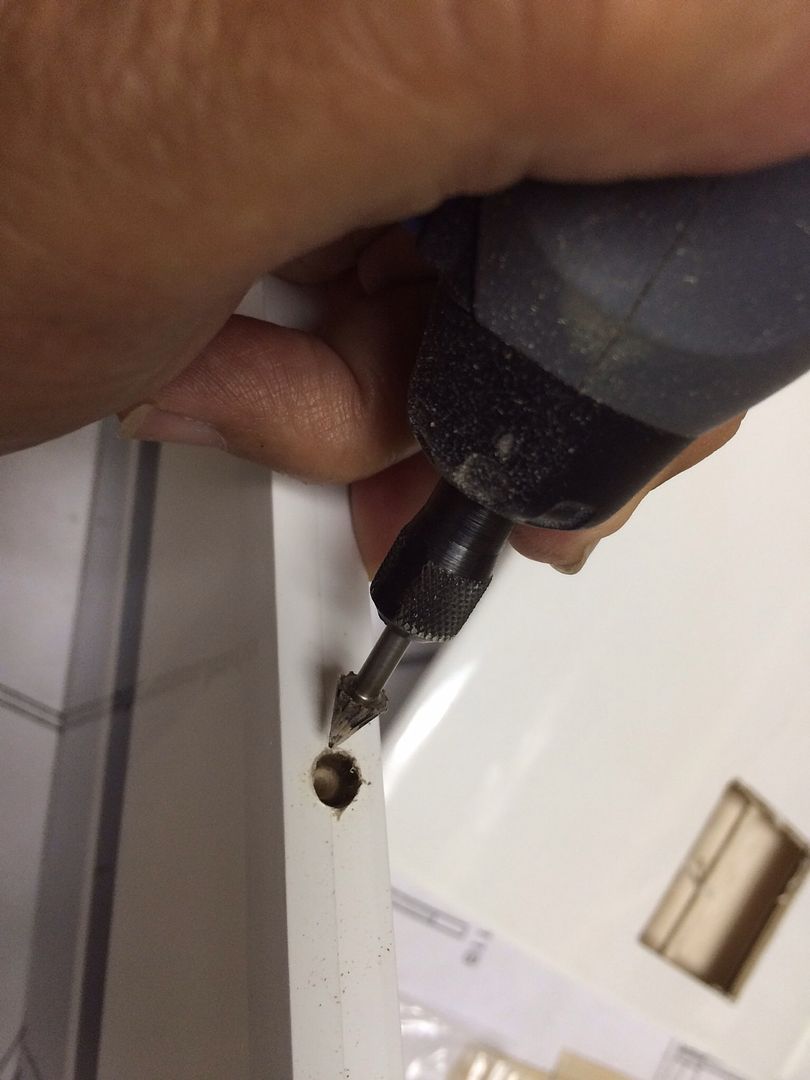

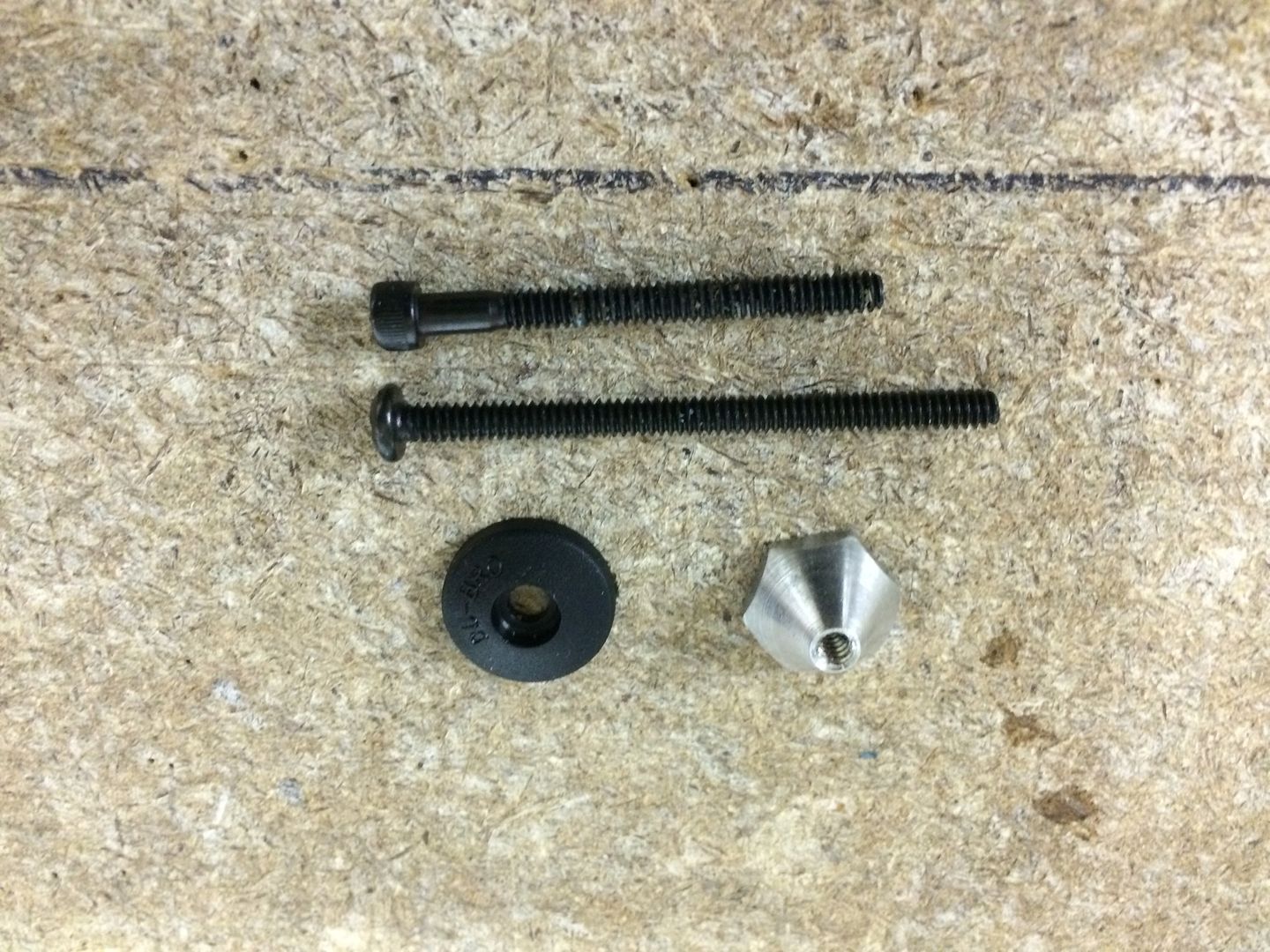
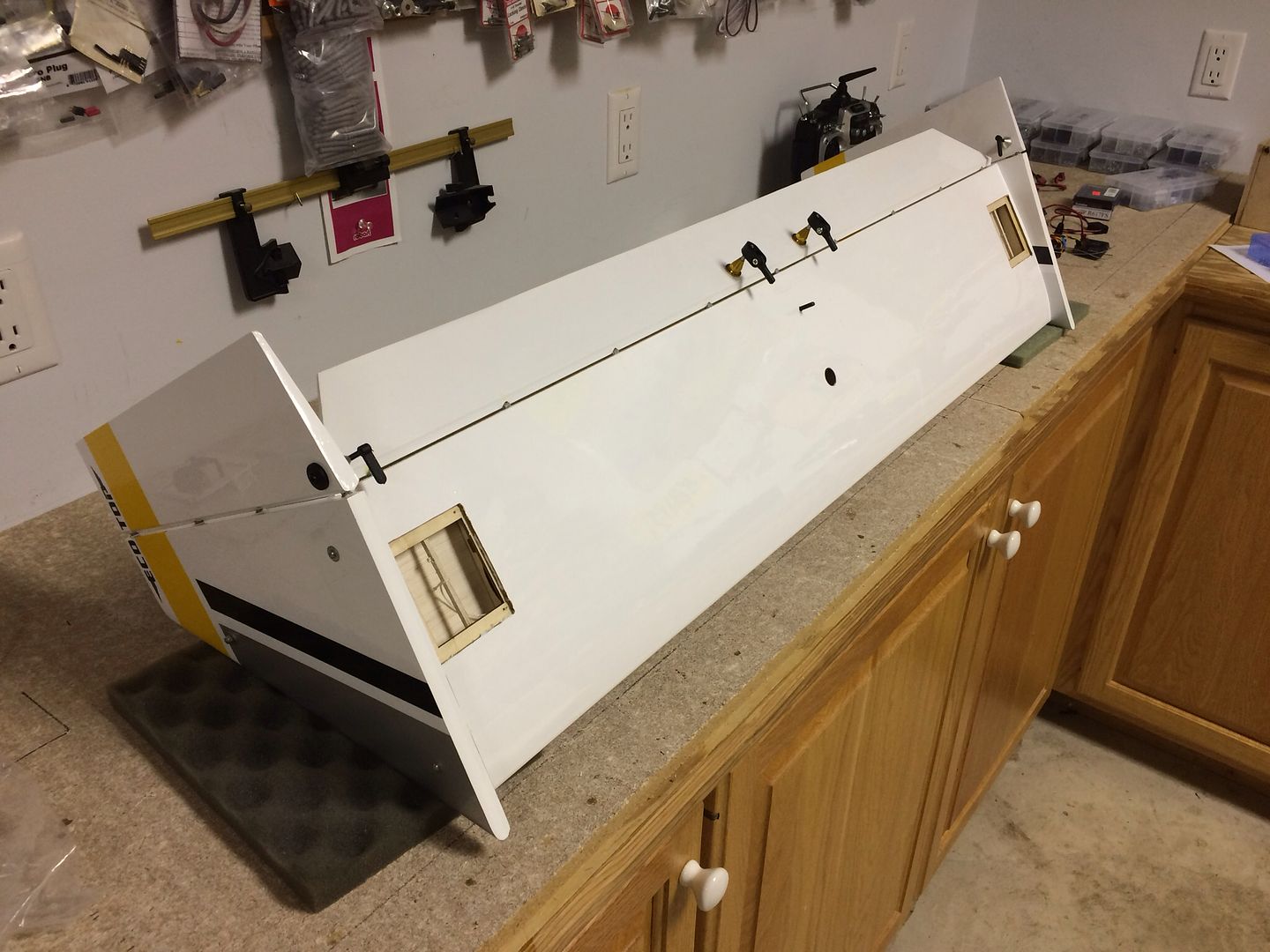
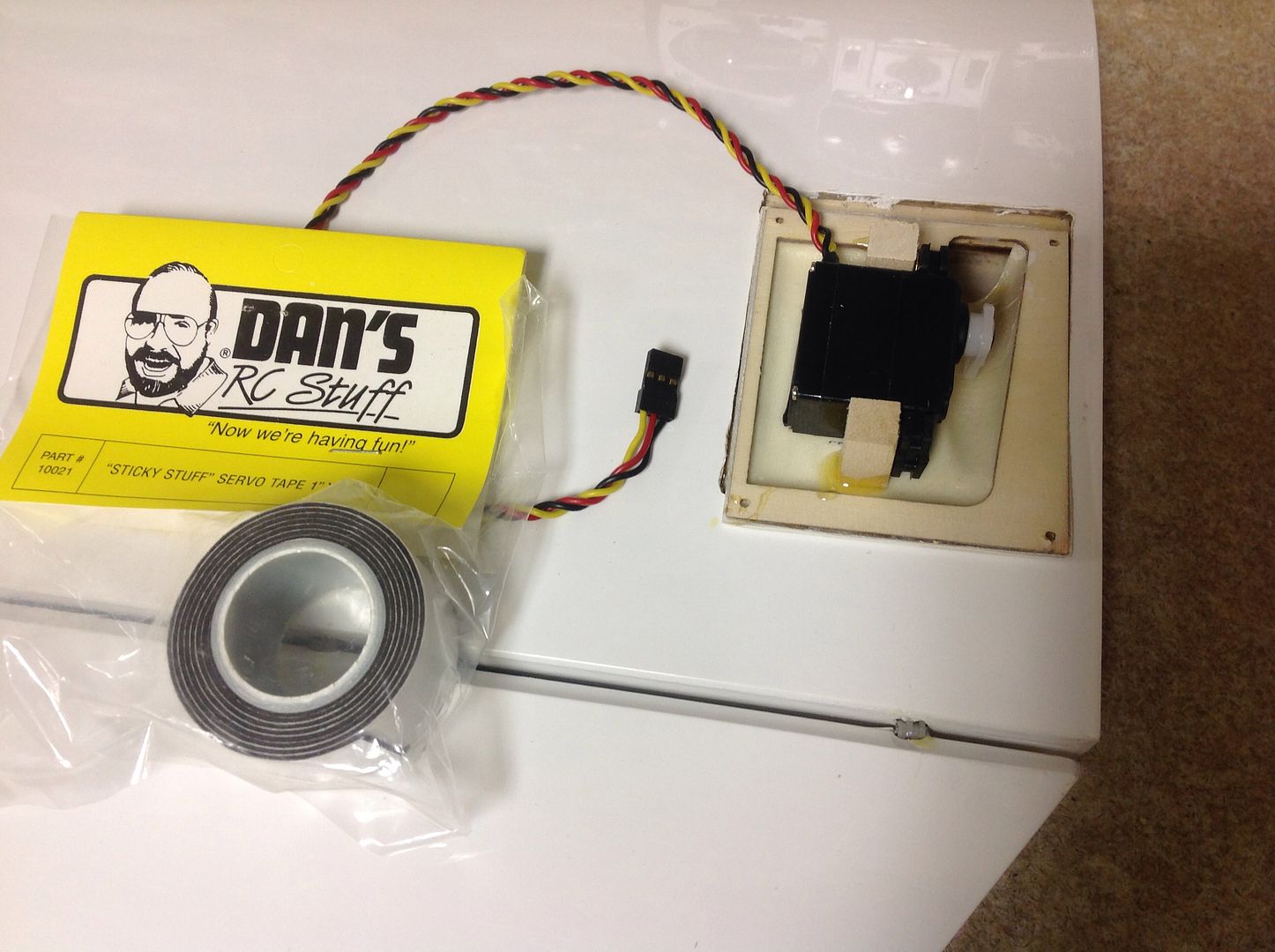
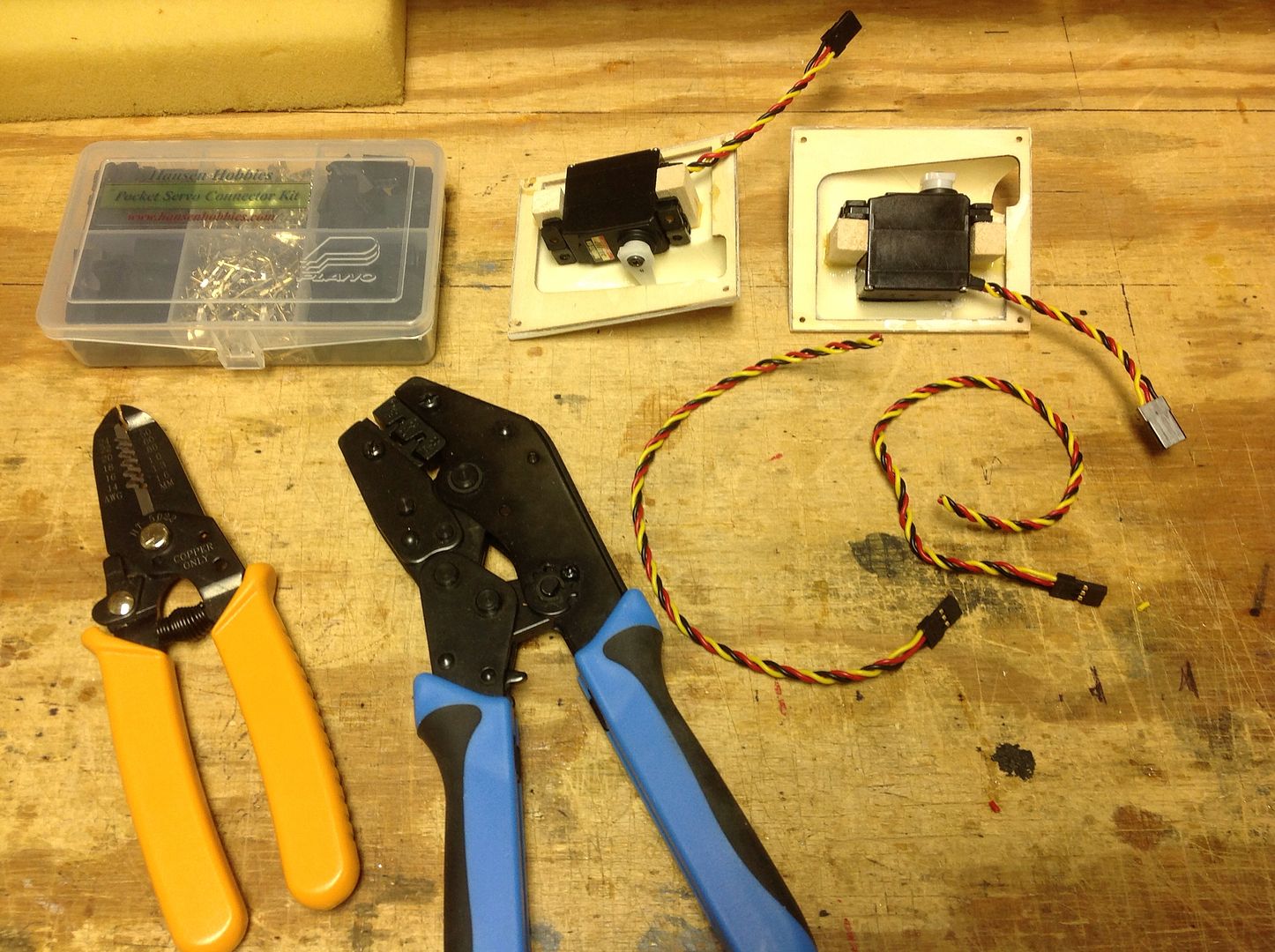
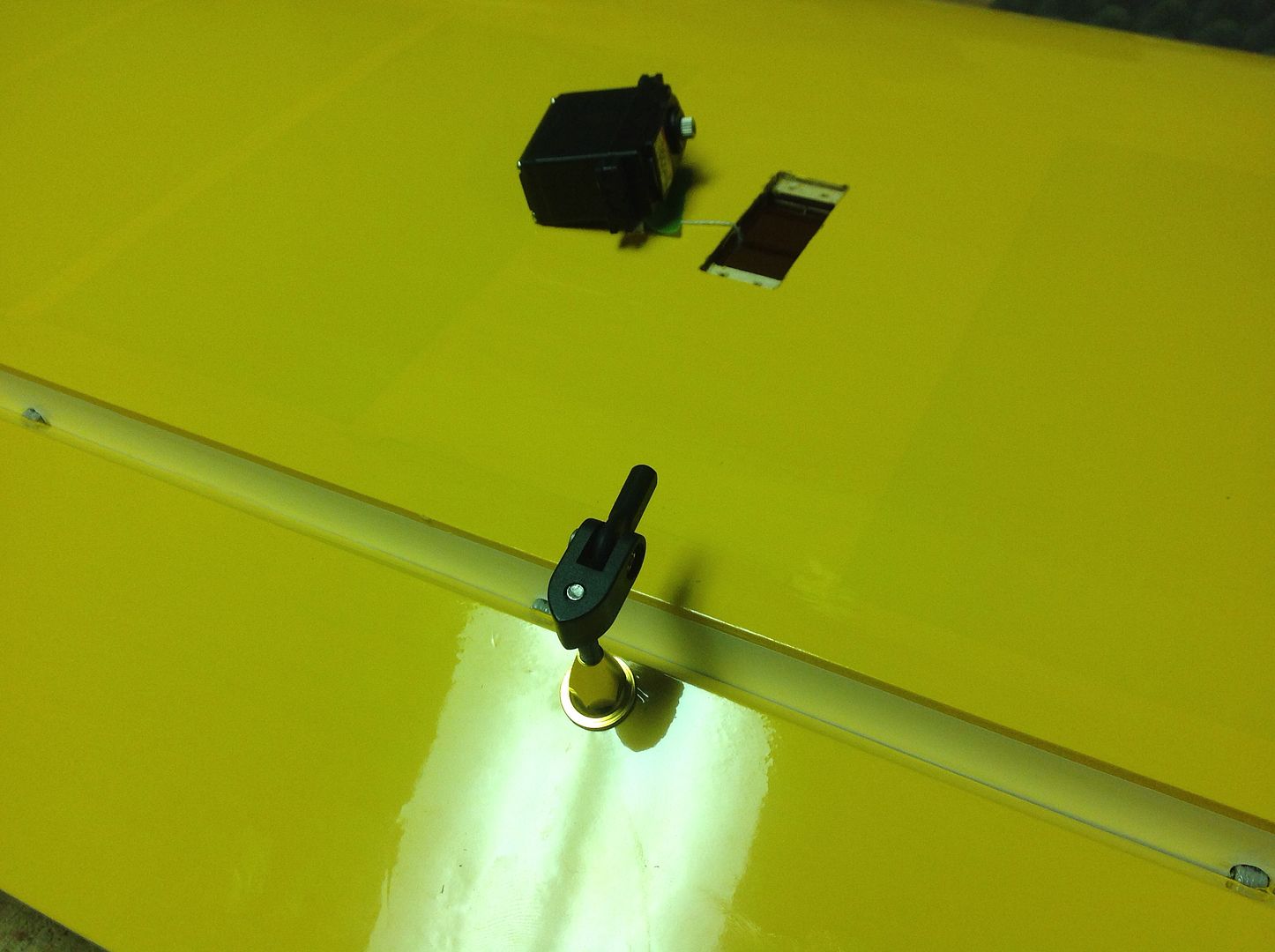
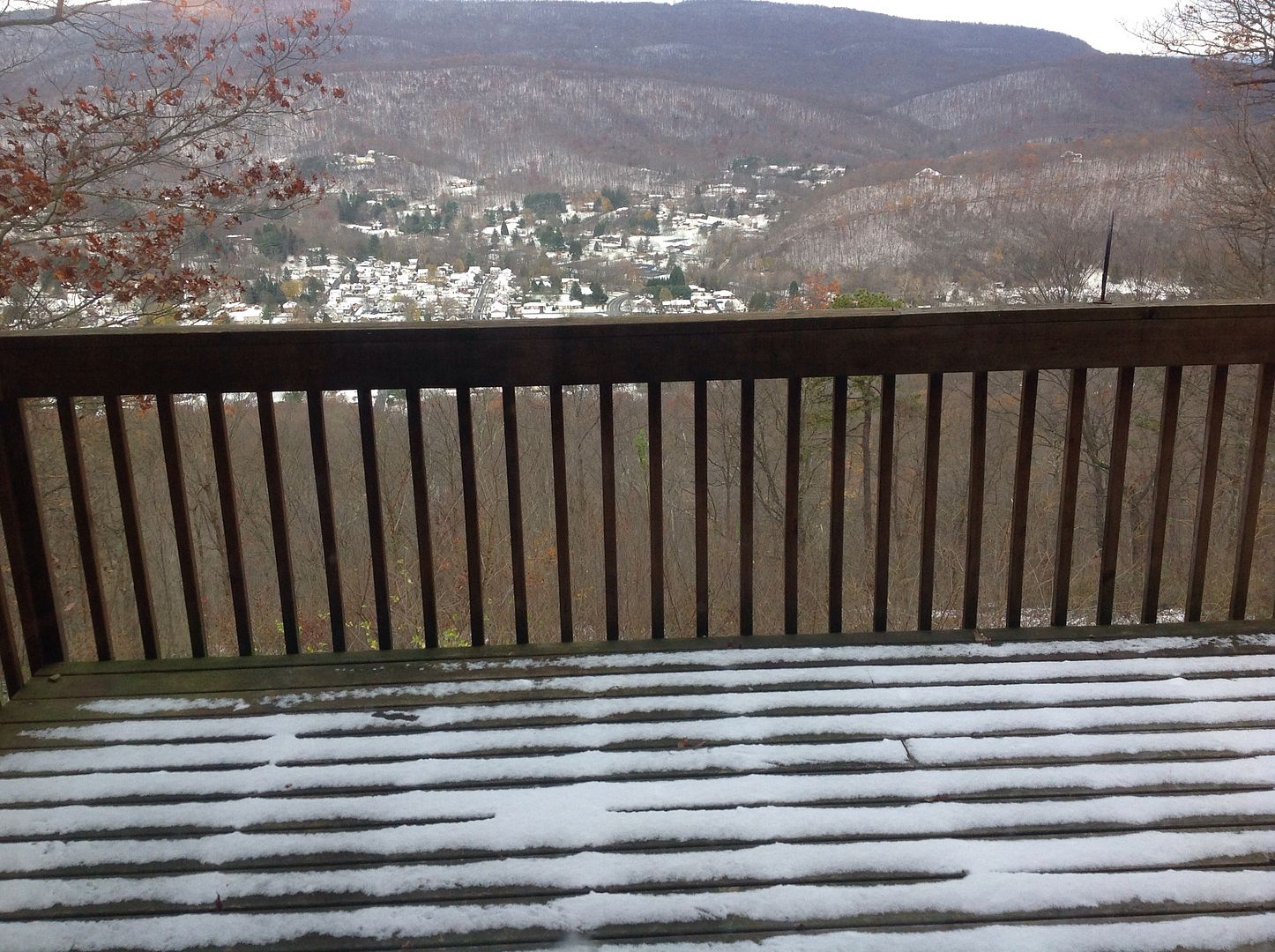
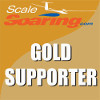
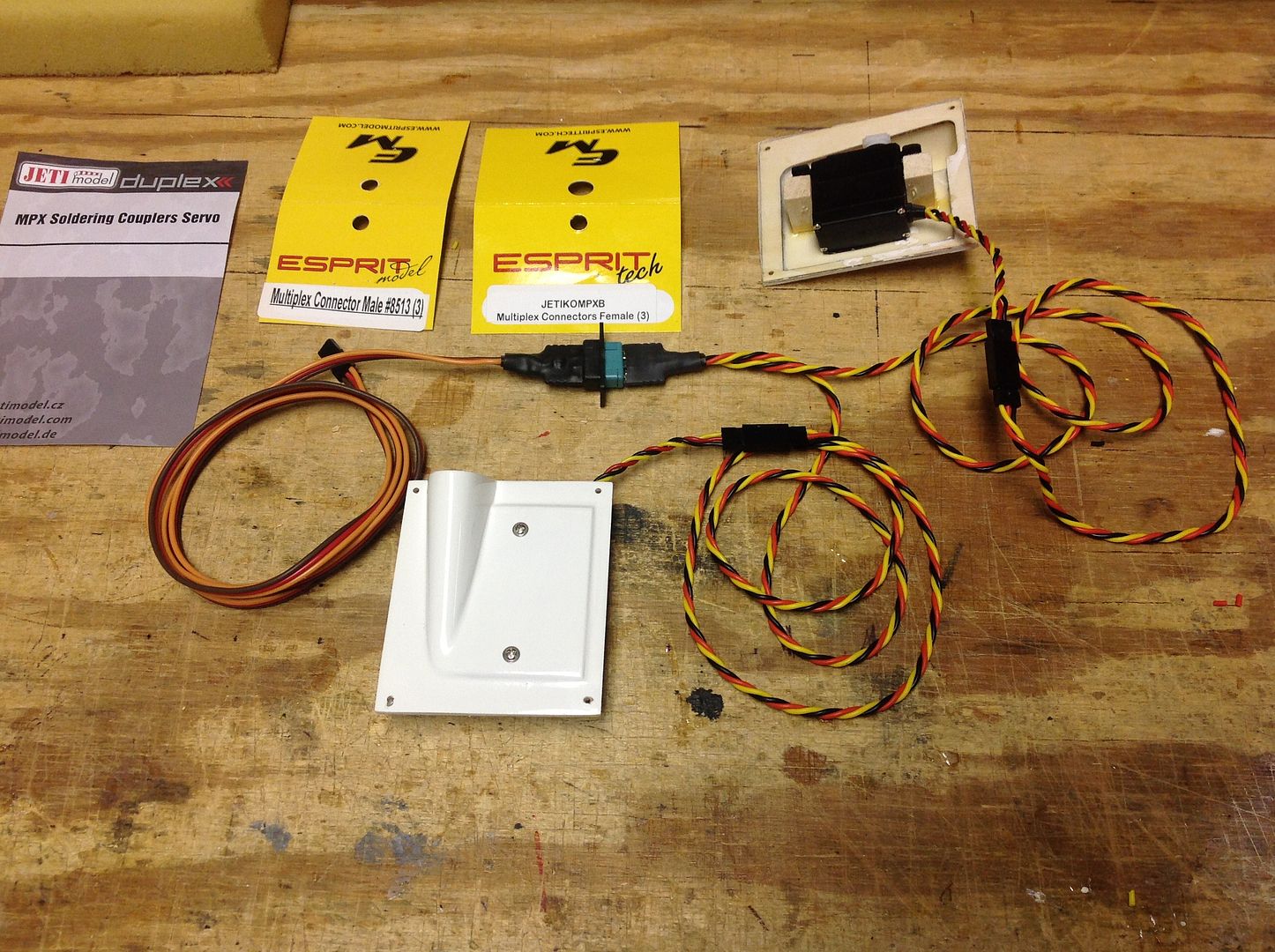
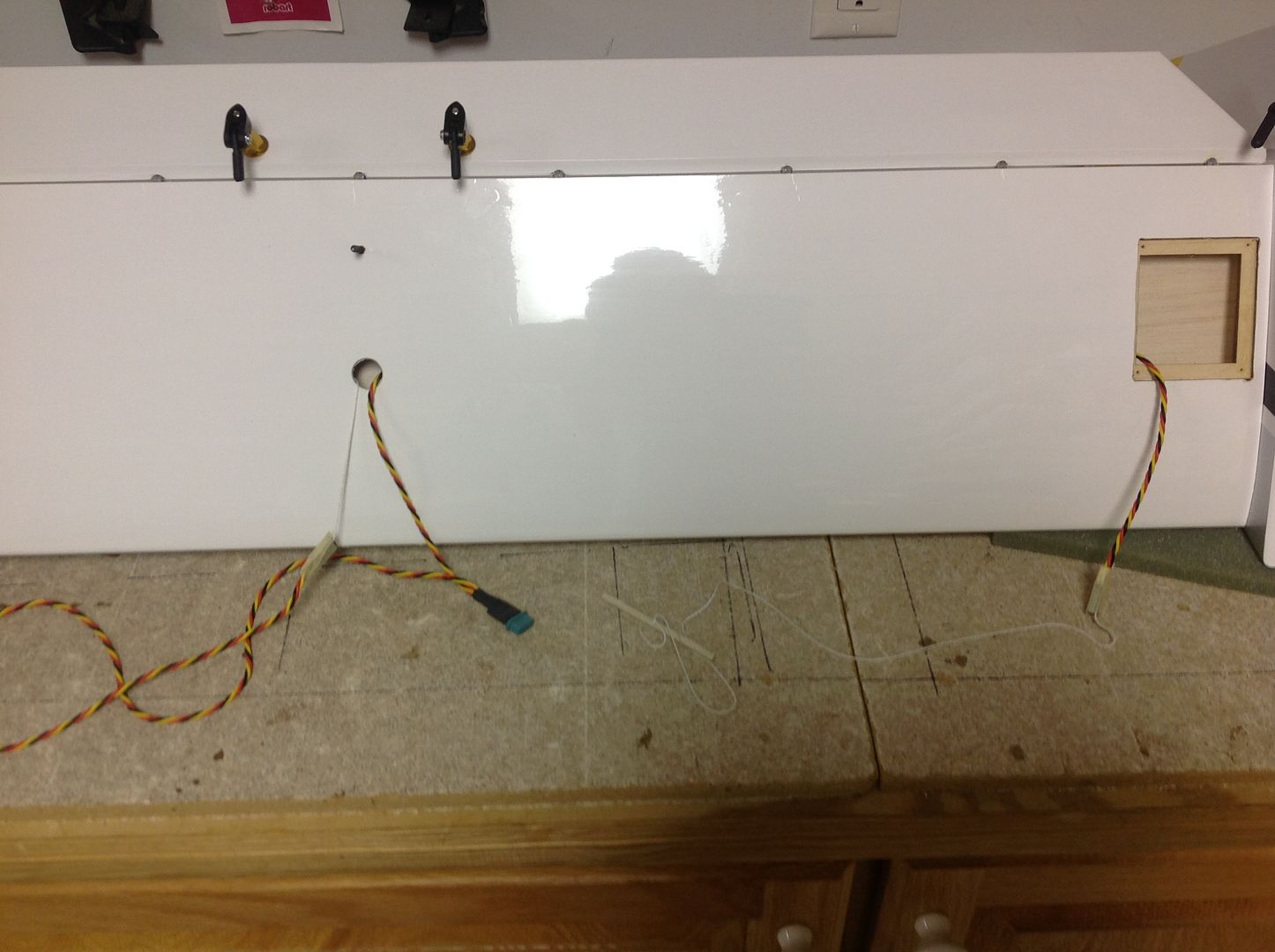
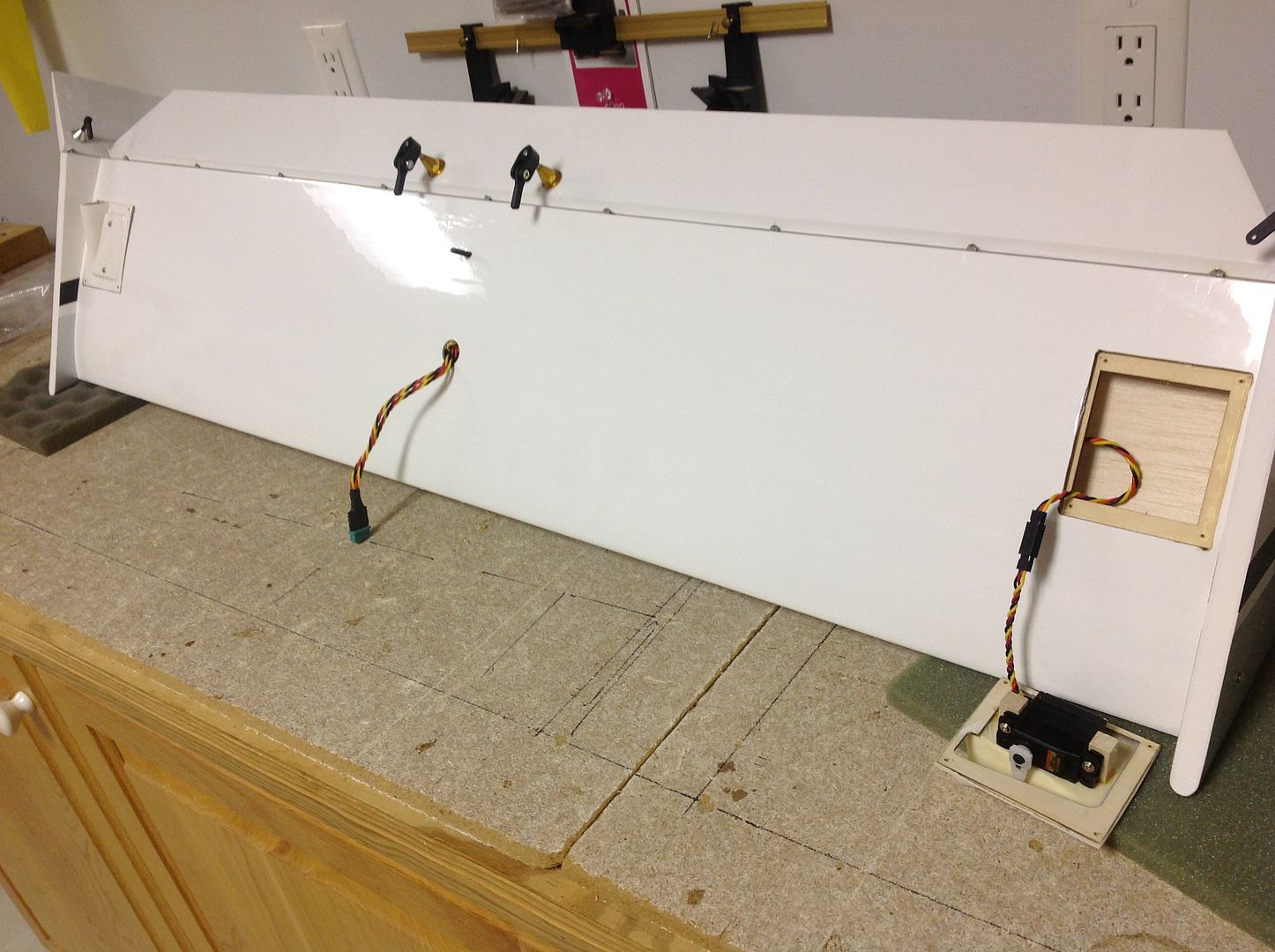
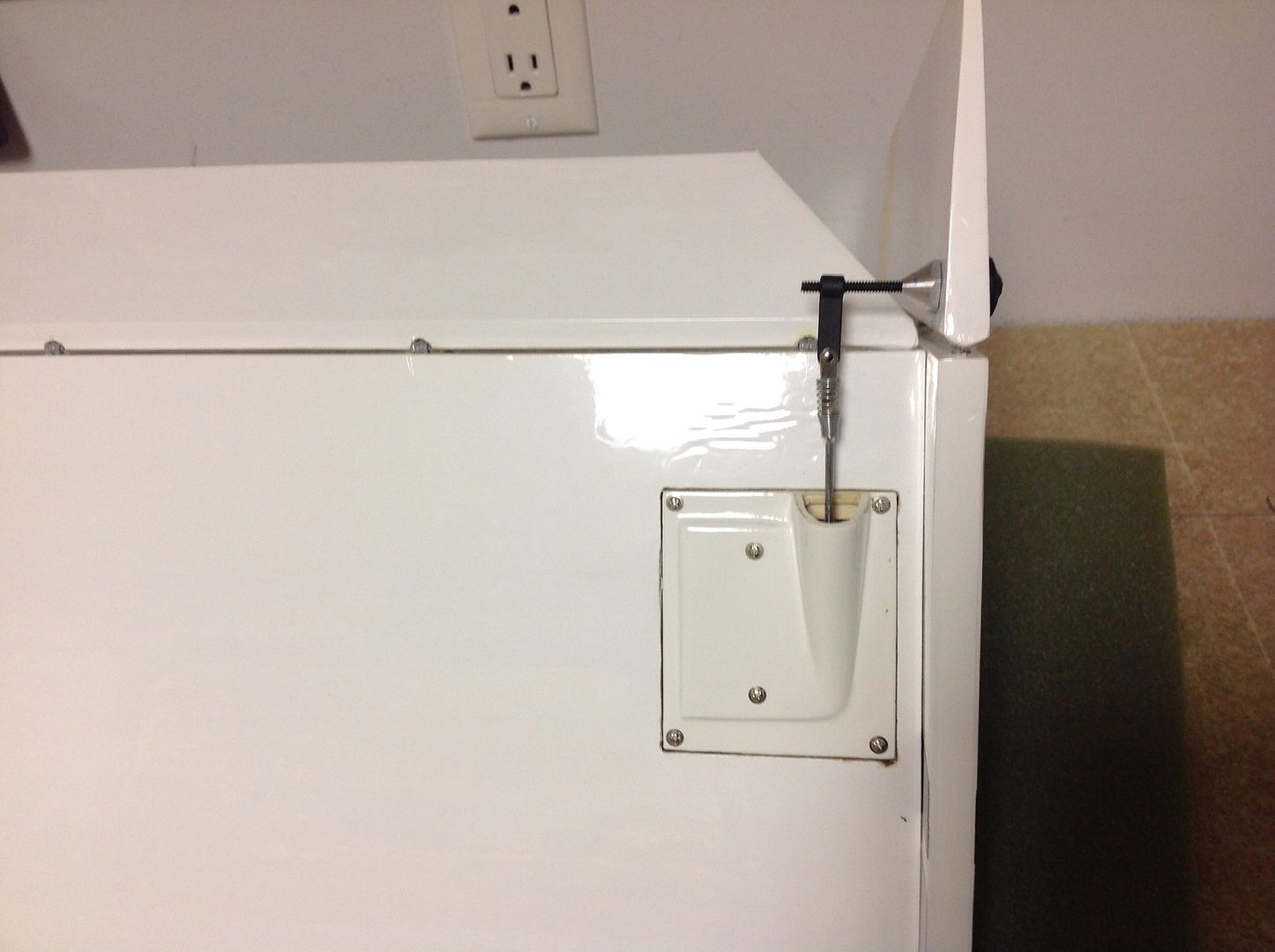


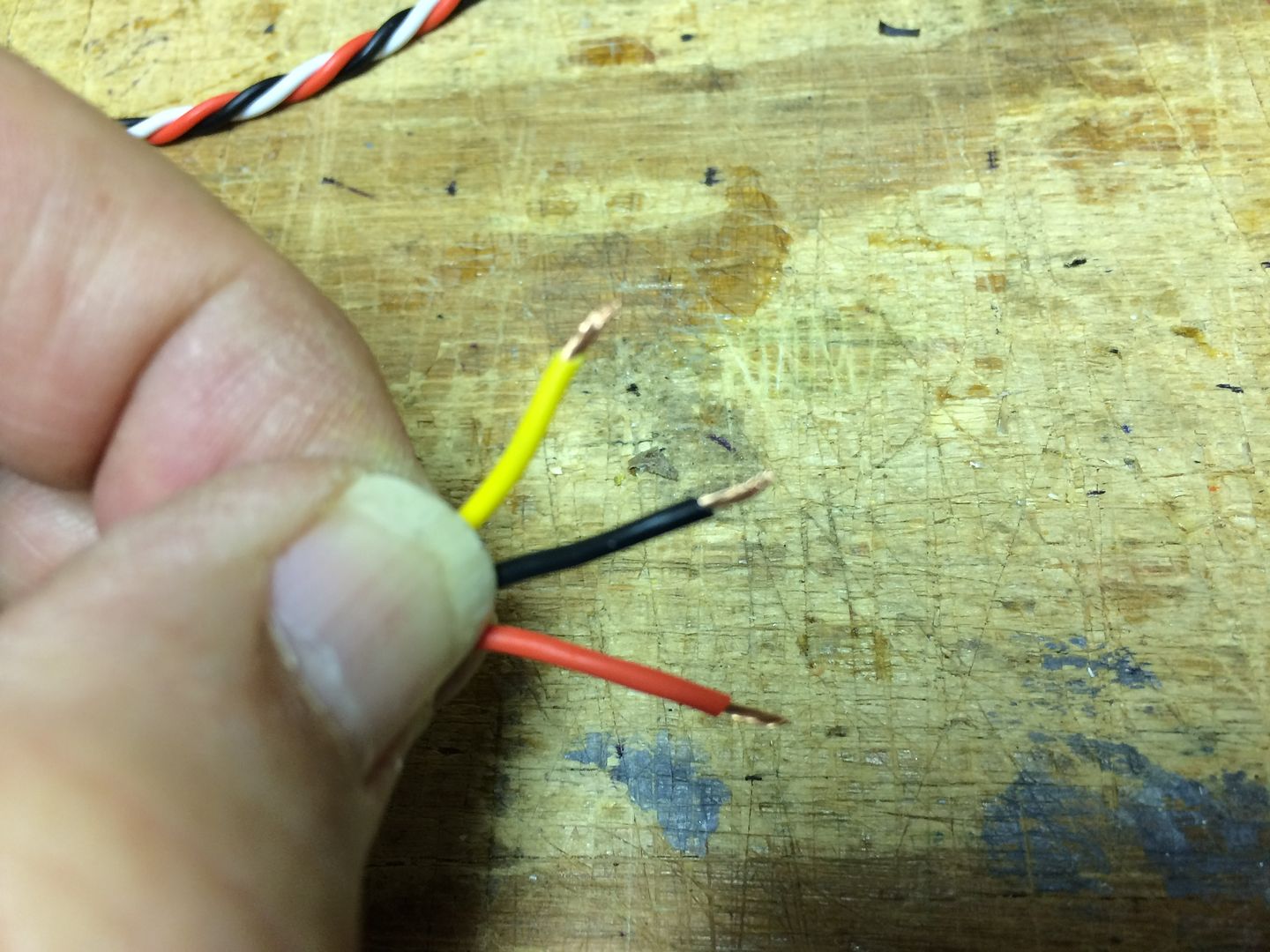
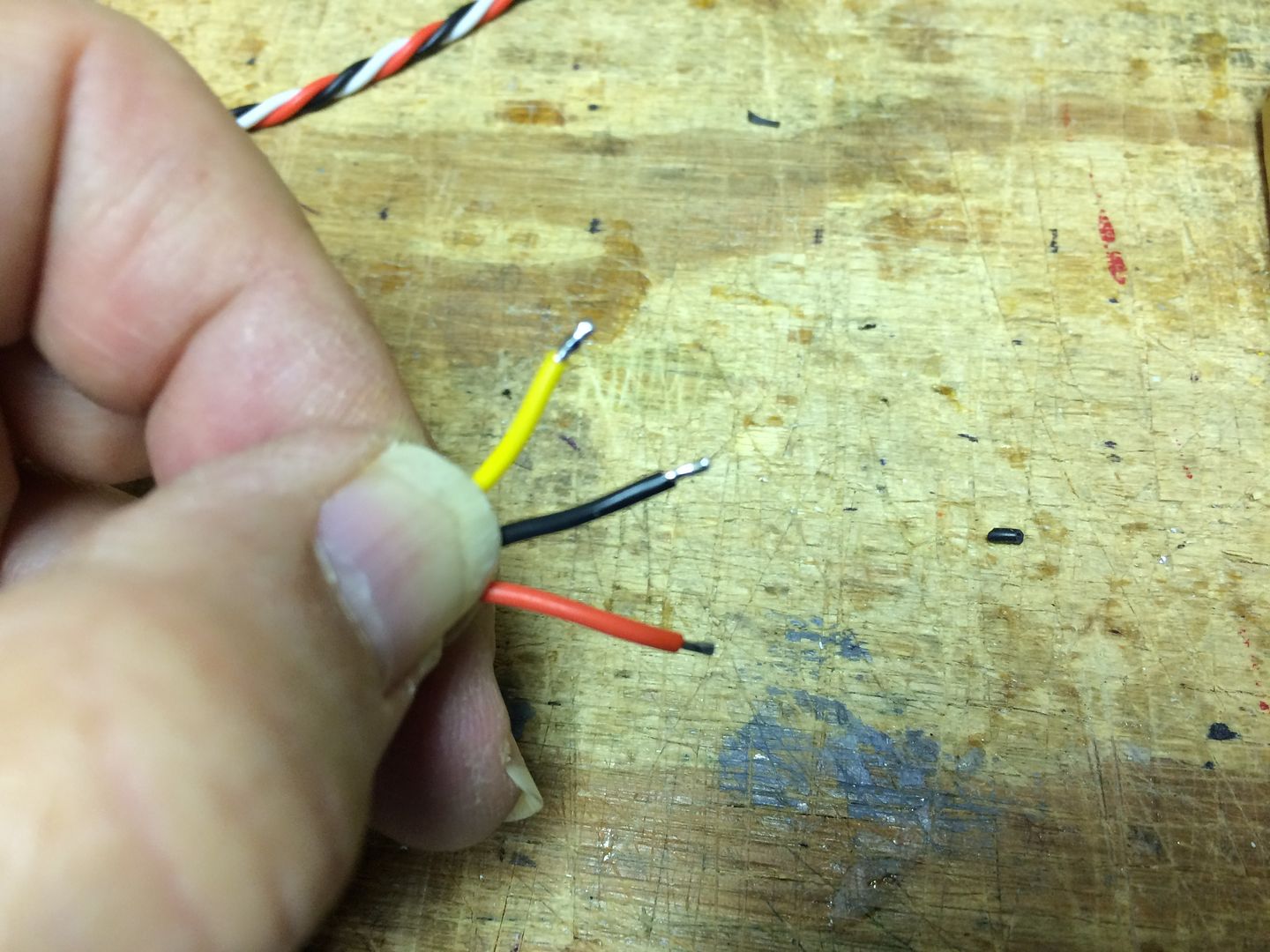

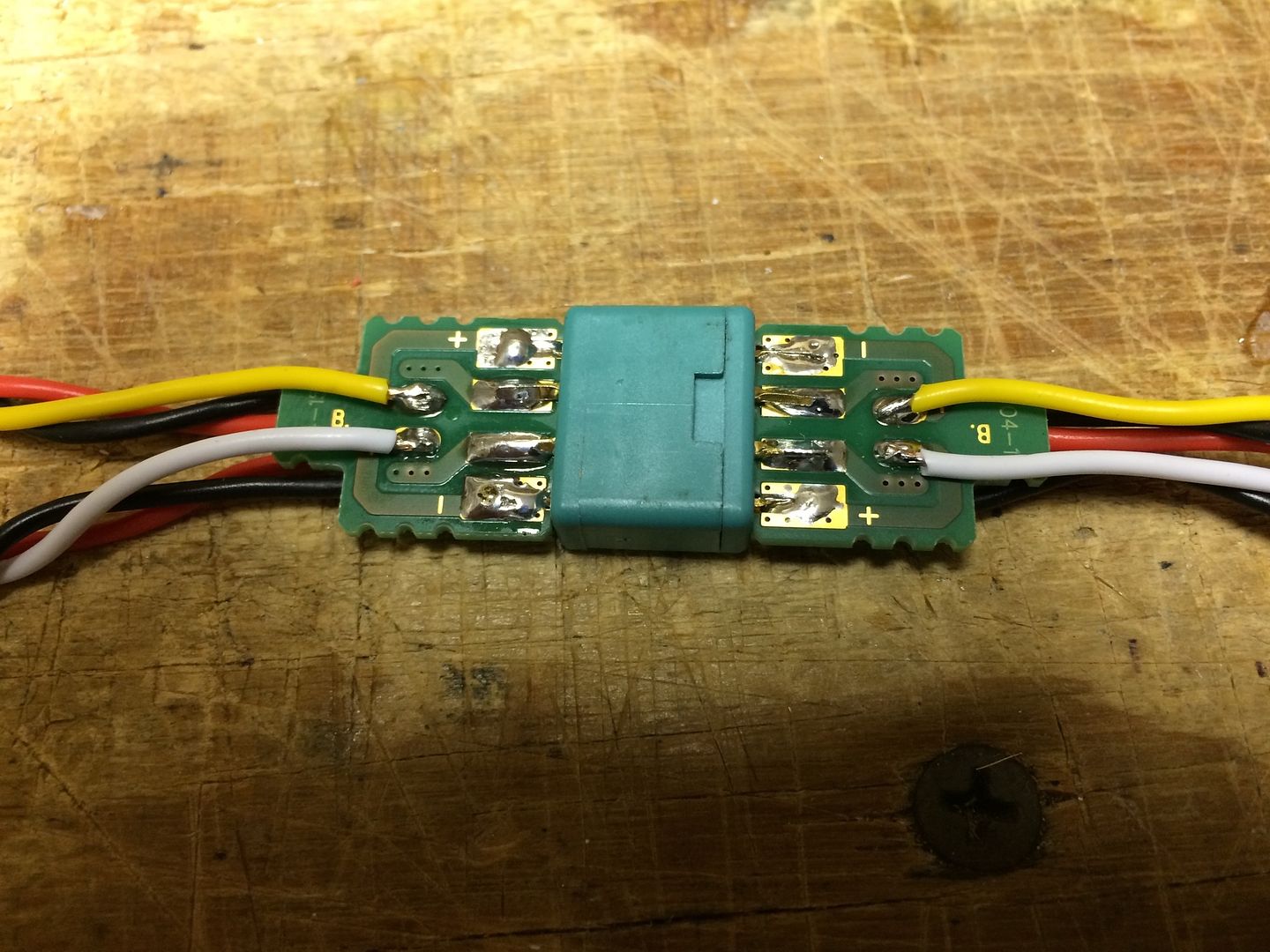
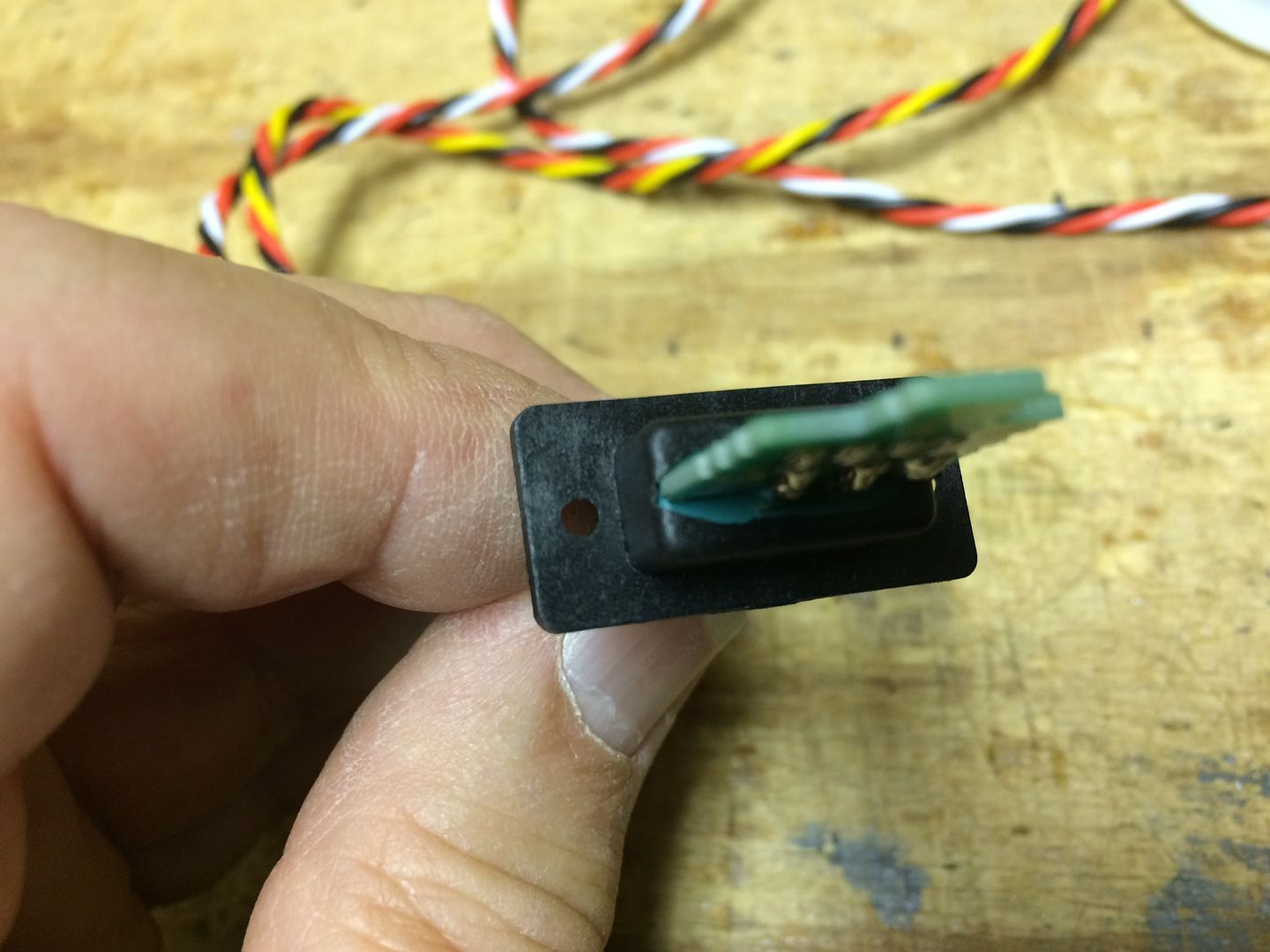
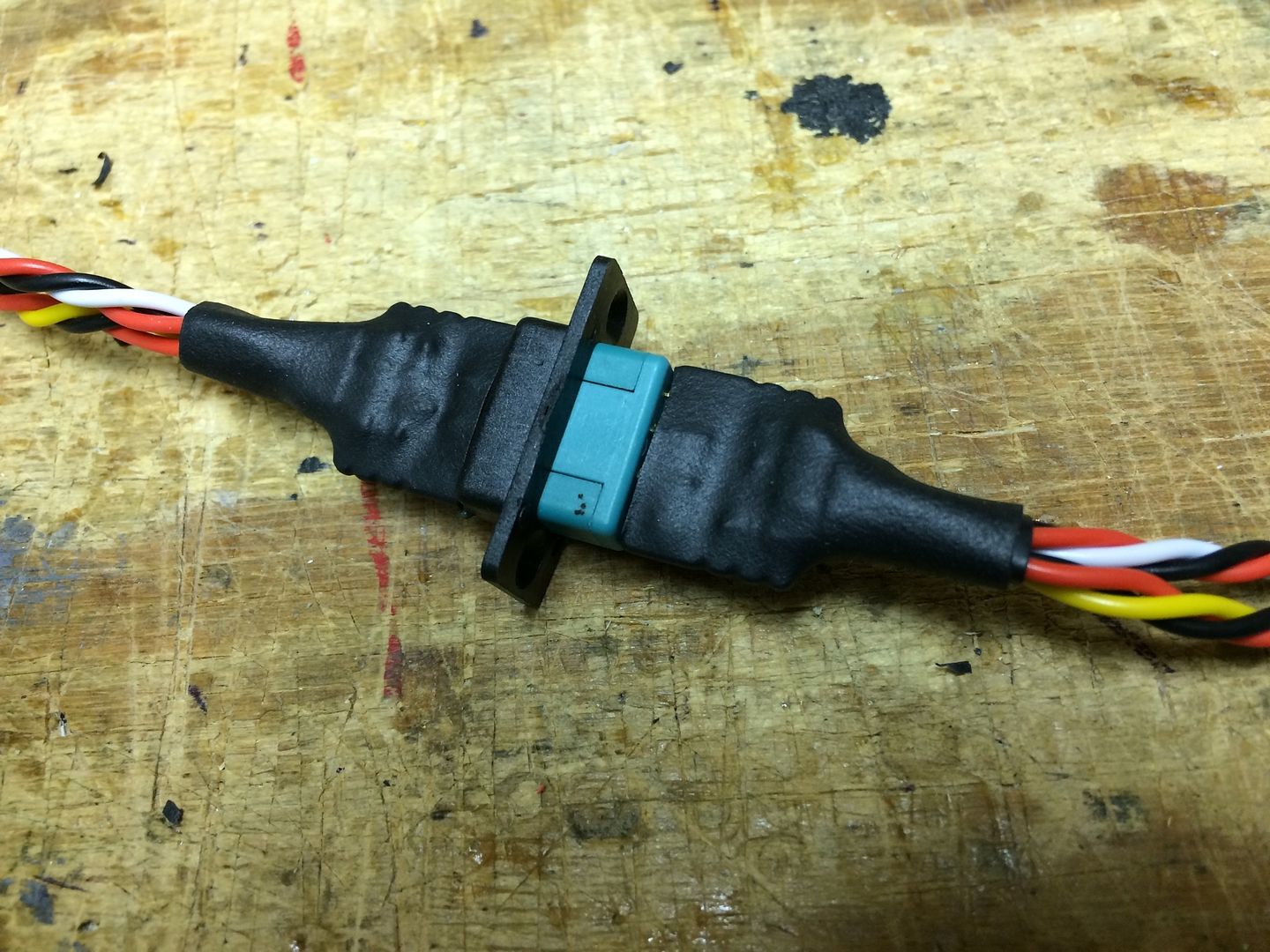
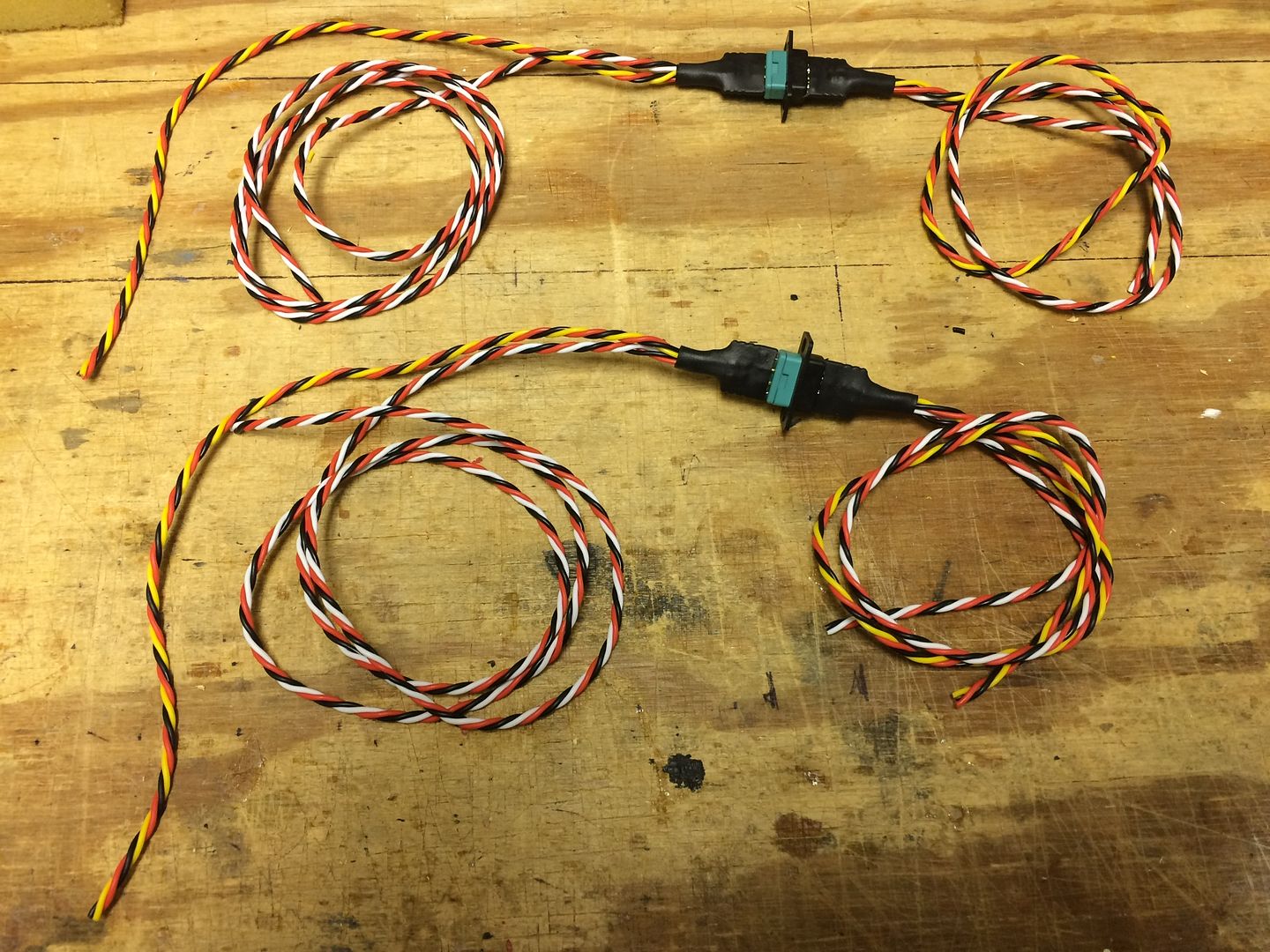

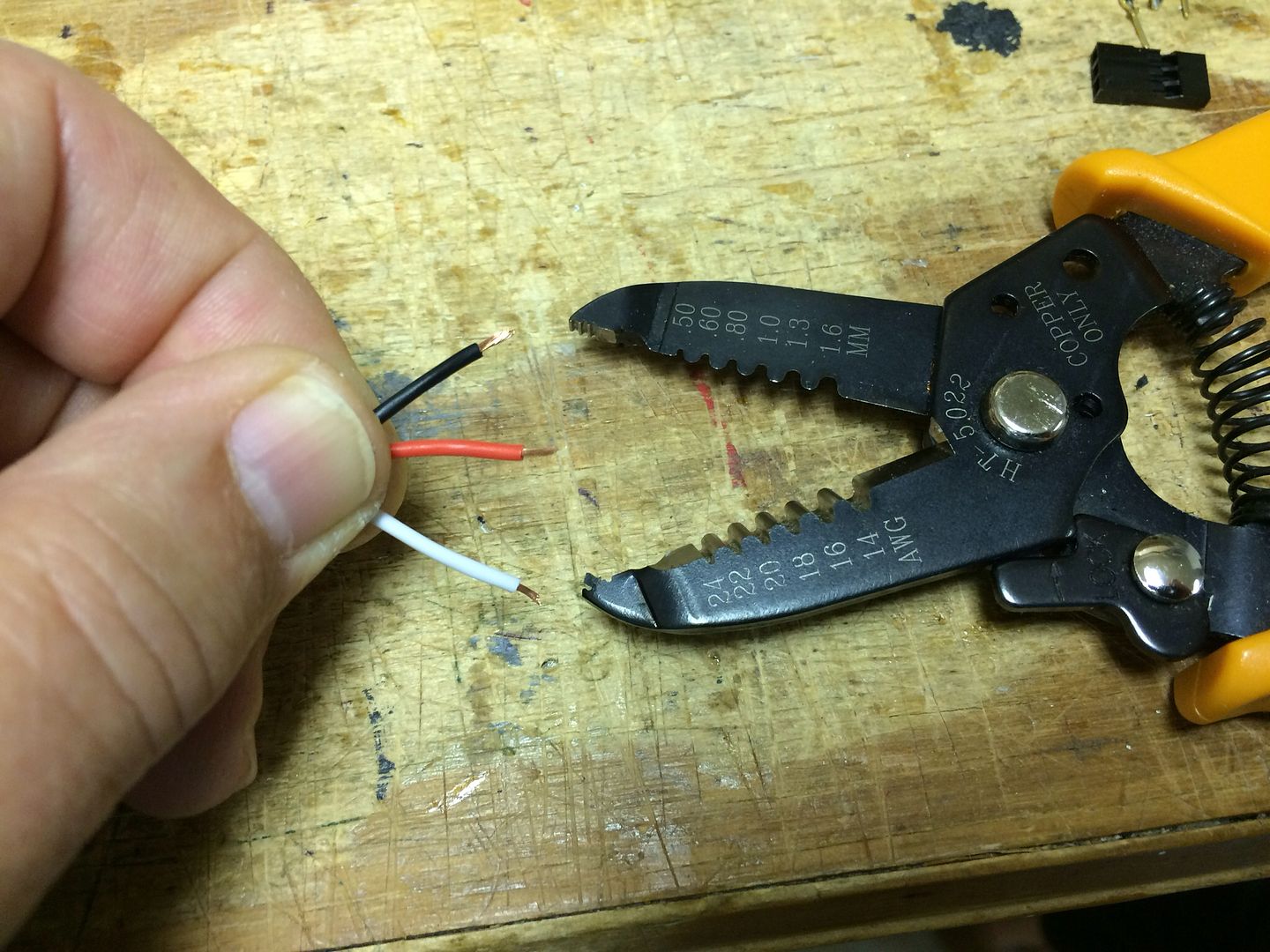
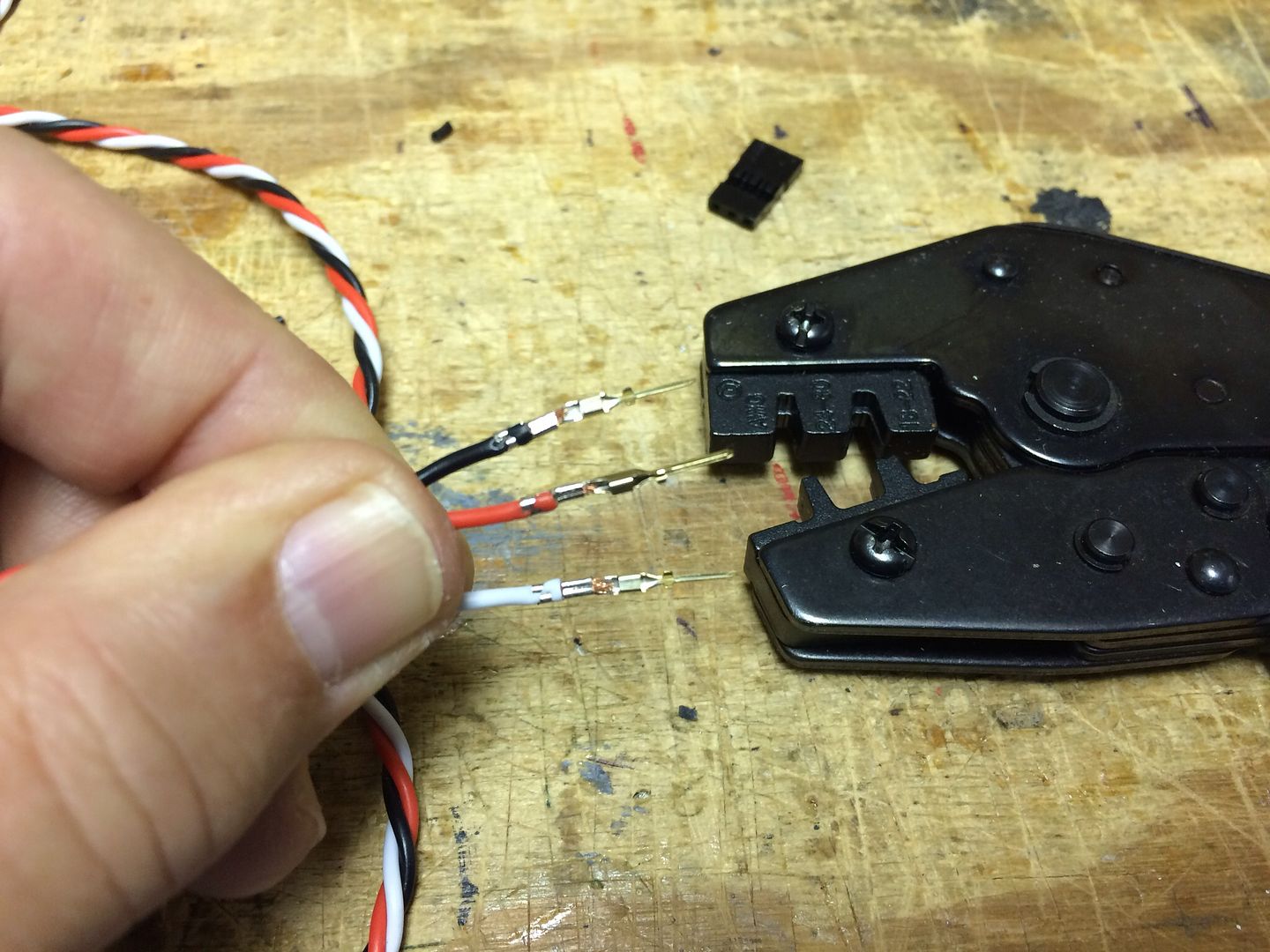
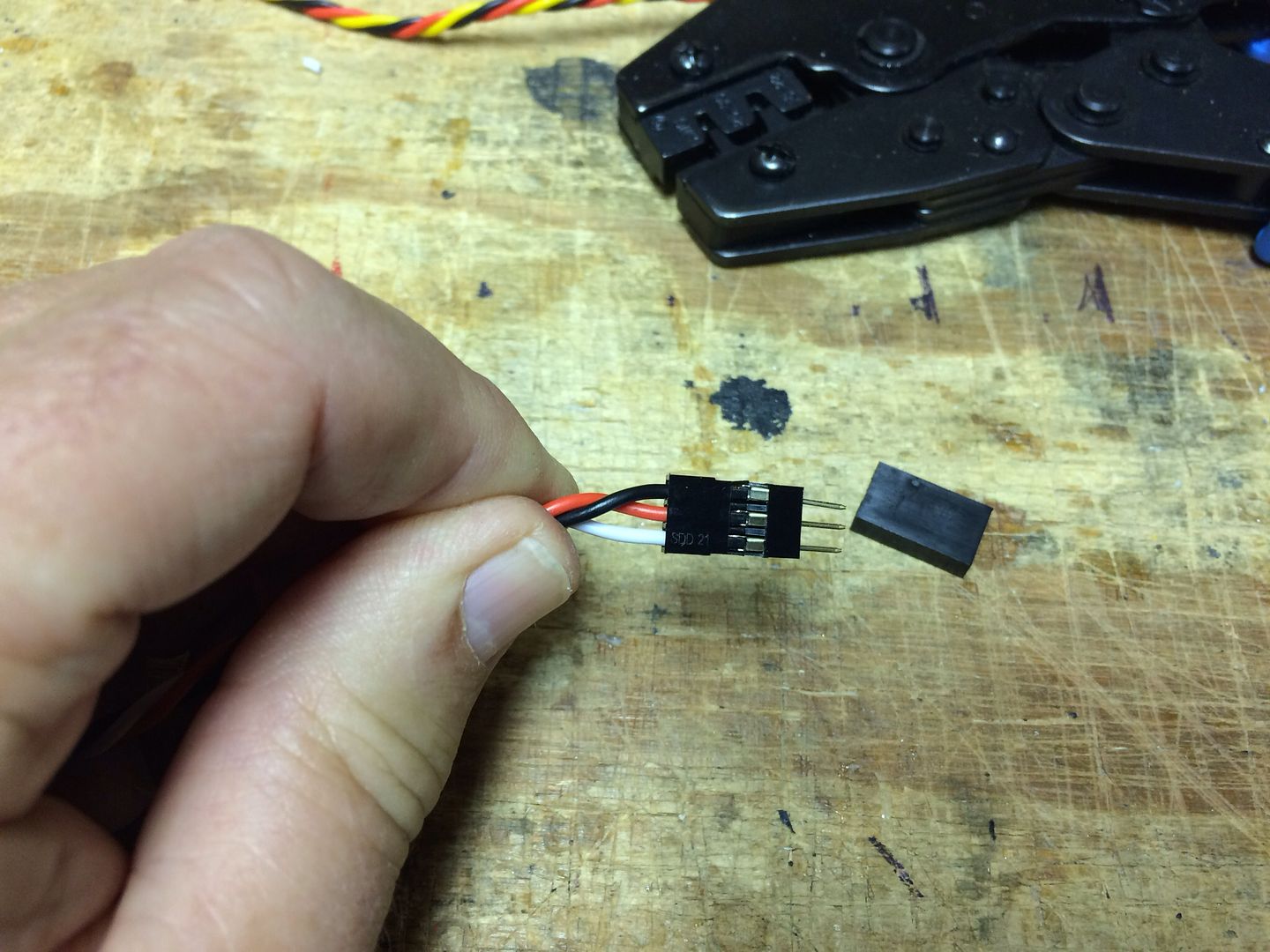
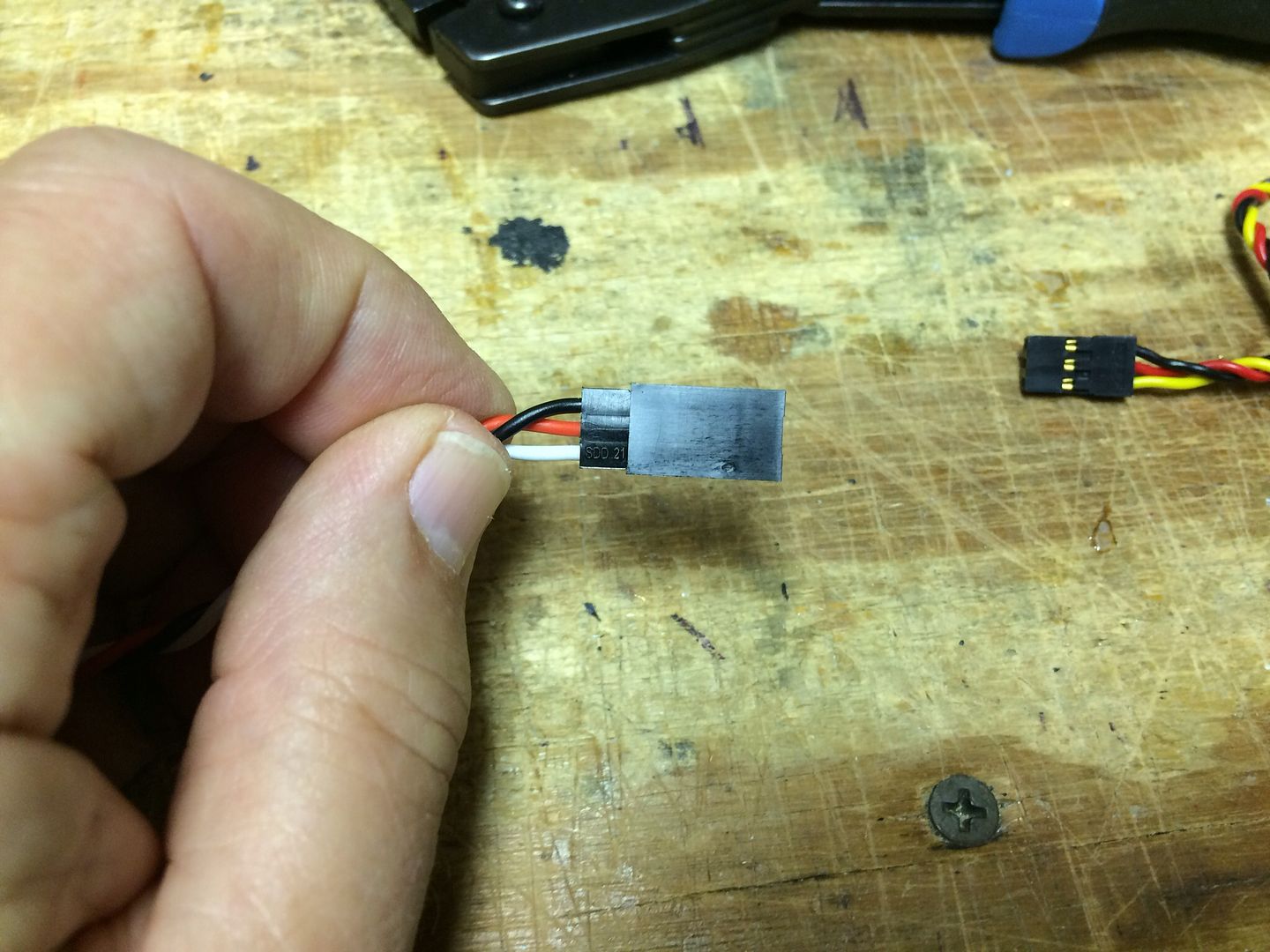


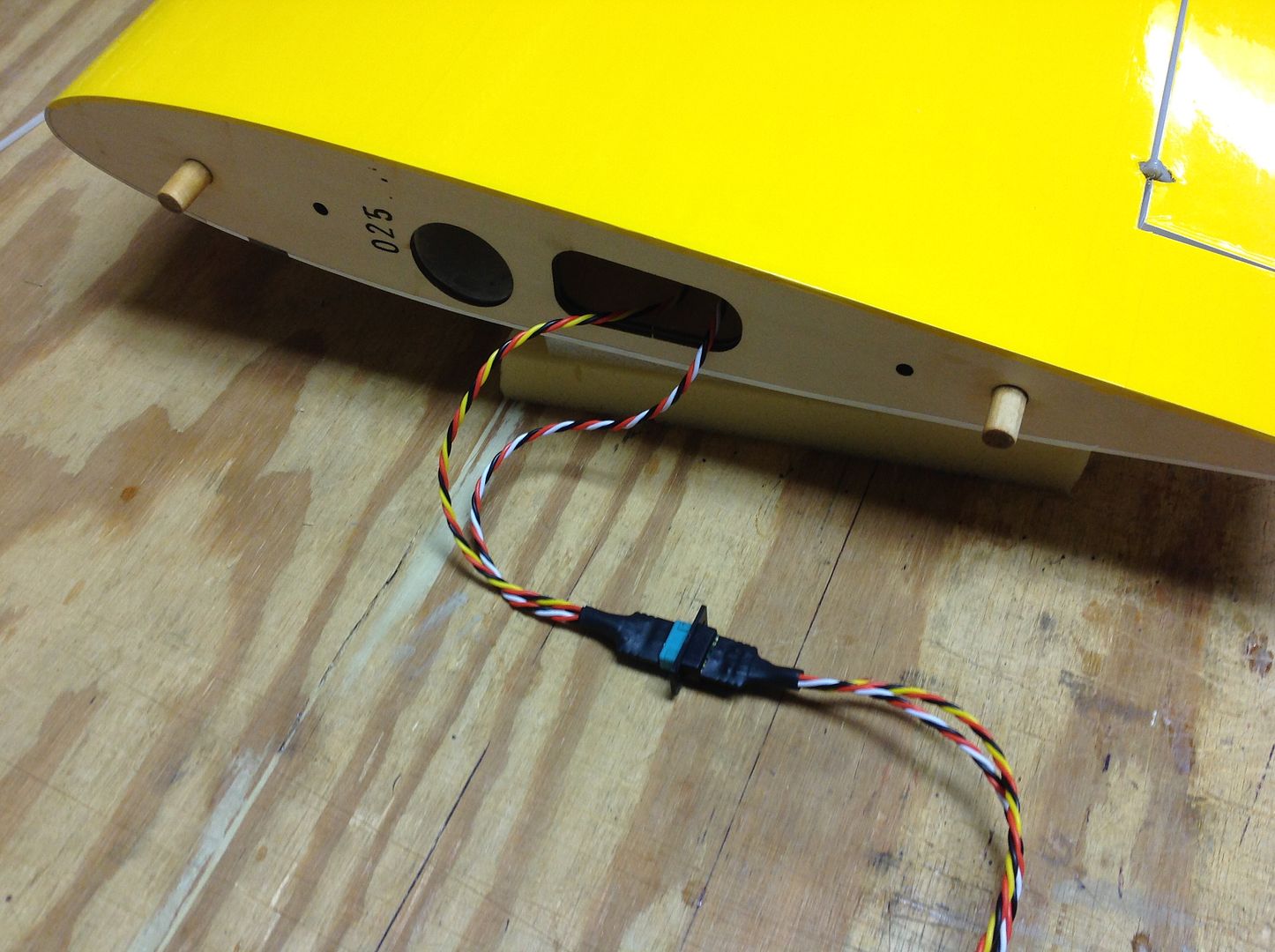

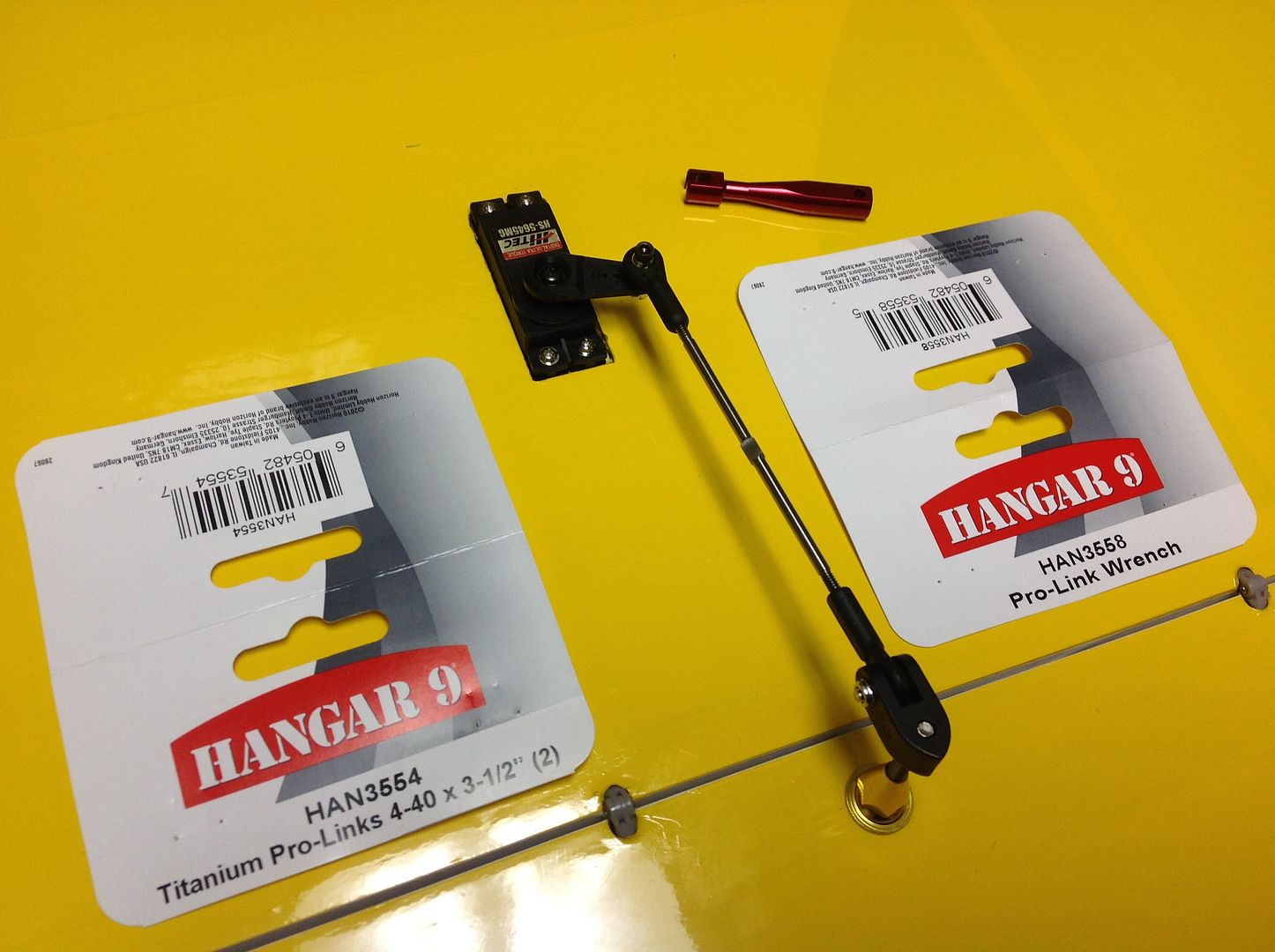
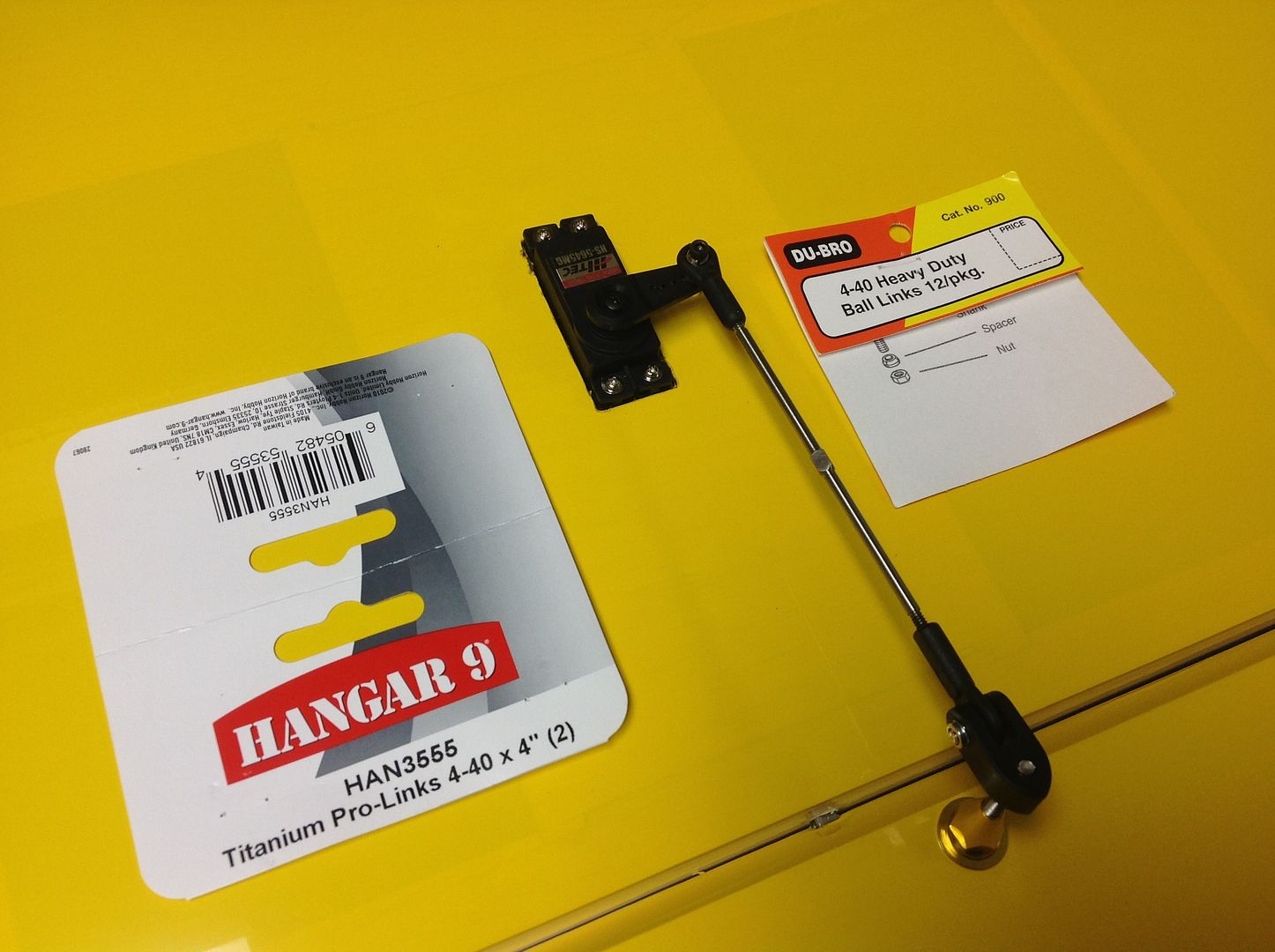

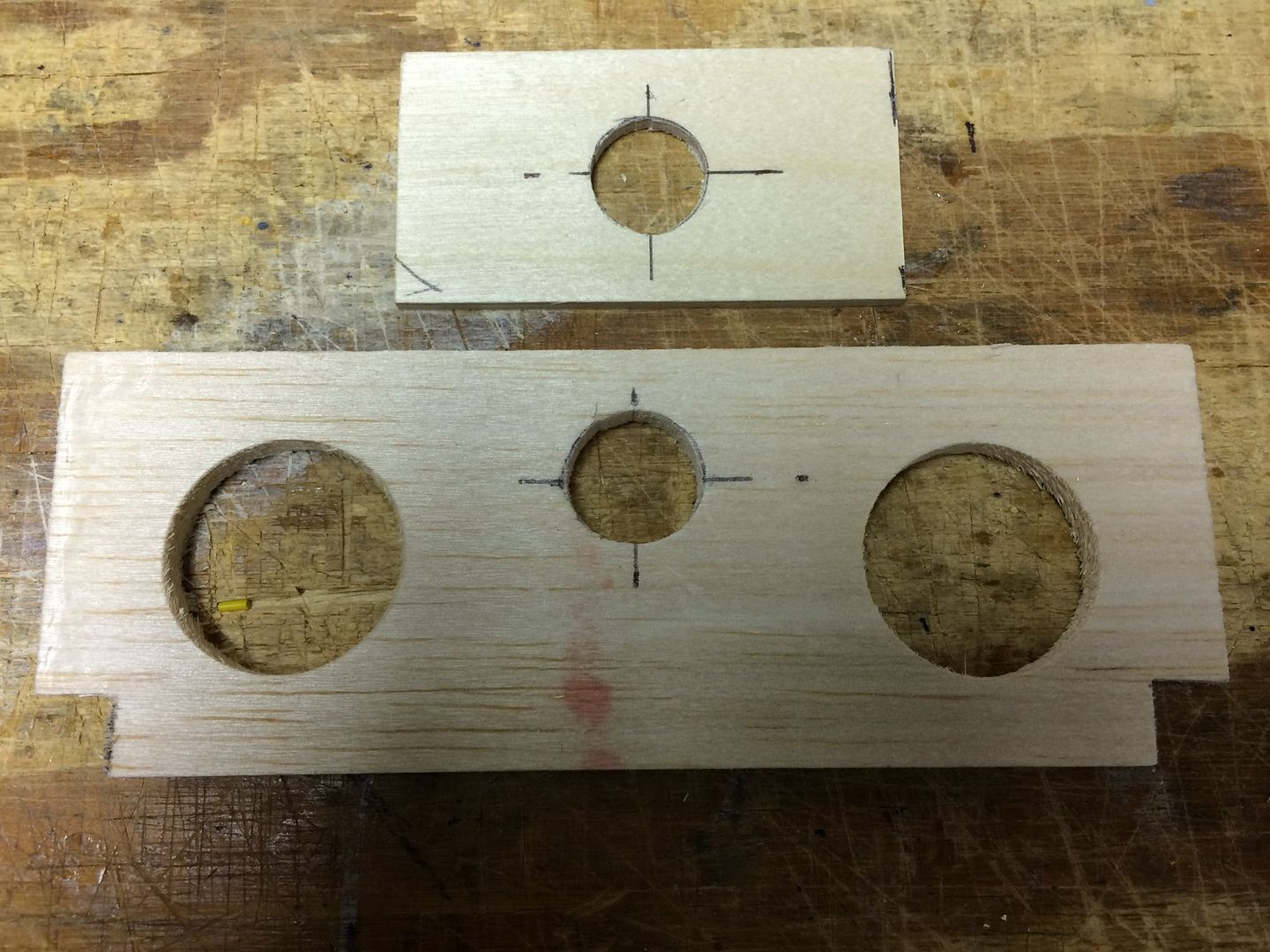
Comment